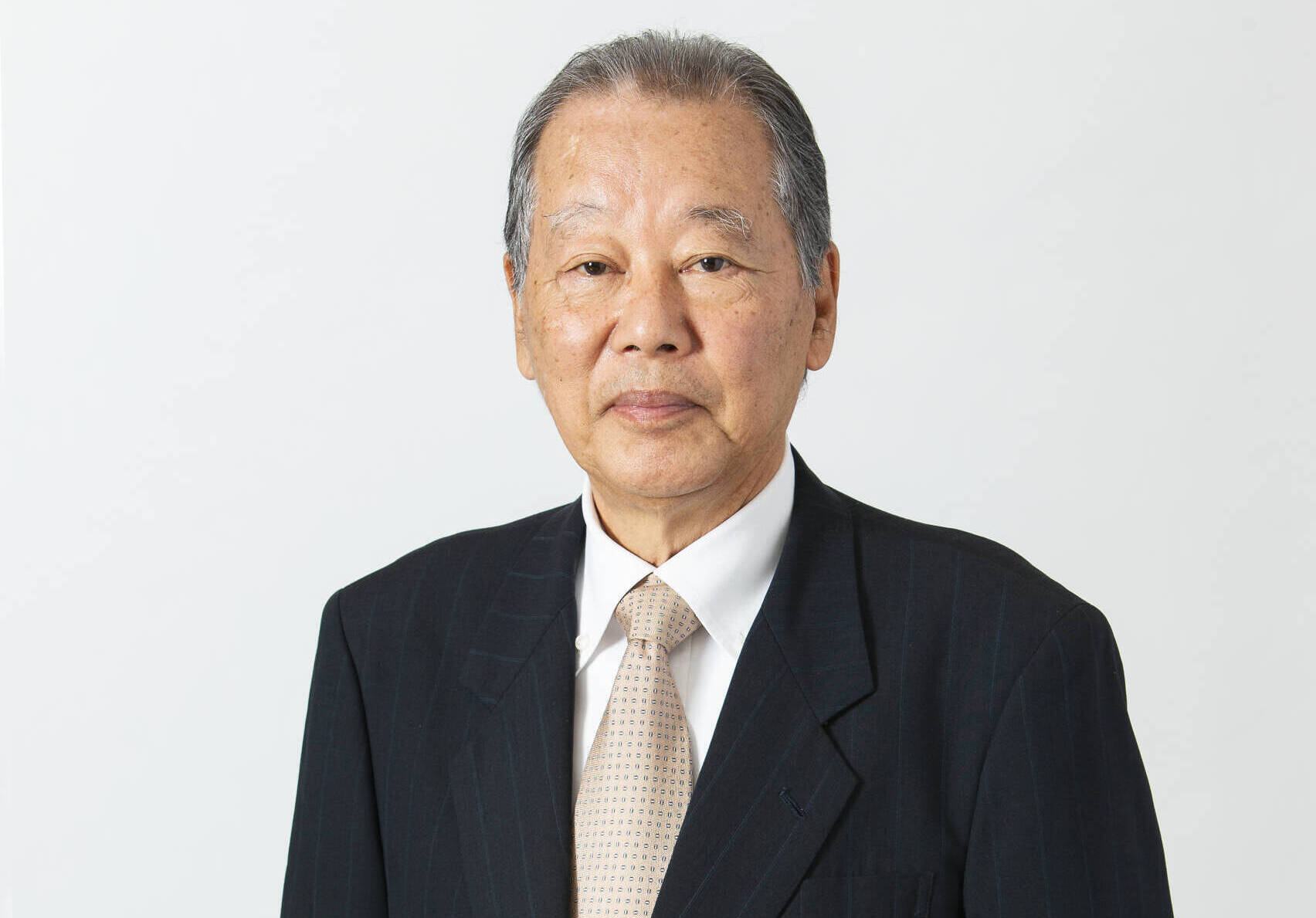
Soichiro Fukutake, joint owner of Benesse Art Site Naoshima with his son Hideaki Fukutake
The owners of Benesse Art Site Naoshima, Soichiro and Hideaki Fukutake, are revitalizing the Seto Inland Sea islands, Japan’s first National Park. Father and son speak with LUX Leaders & Philanthropists Editor, Samantha Welsh, about conservation, community and the regenerative role for contemporary art.
LUX: What was the catalyst for the Naoshima Island art destination?
Soichiro Fukutake: In 1986, after the sudden death of my father, Tetsuhiko Fukutake, I returned to Okayama from Tokyo and took over a project my father had conceived with the then mayor of Naoshima to build a campsite for children. This led me to visit Naoshima many times, and through interaction with the islanders and my hobby of cruising around the islands of the Seto Inland Sea, I rediscovered not only the natural beauty of the Seto Inland Sea, but also its history, culture, and people. Many of these islands retain the original landscape of the region and its communities have an intrinsic Japanese way of thinking. However, while the islands of the Seto Inland Sea were recognized as Japan’s first national park, they were burdened with the negative legacy of modernization and postwar rapid economic growth. This has caused pain in the hearts of the people who live with the nature of the islands.
I felt my sense of values change 180 degrees when I became involved with the islands of the Seto Inland Sea in this way. Excessive modernization means excessive urbanization, and this is full of stimulation and excitement but also tension. By experiencing the original landscape of the Setouchi, I realized that on a planet with limited resources, we should shift our mindset away from modern’s societies’ destruction and creation to ‘using what exists to create what is to be’.
By exhibiting contemporary art with a message critical of modern society in a place where the original landscape of Japan still remains, I thought I could transmit this idea to the world and at the same time change this damaged region. Over the past 30 years, we have been involved in a variety of endeavours, including a hotel integrated with an art museum, the creation of site-specific works, and Art House Projects.
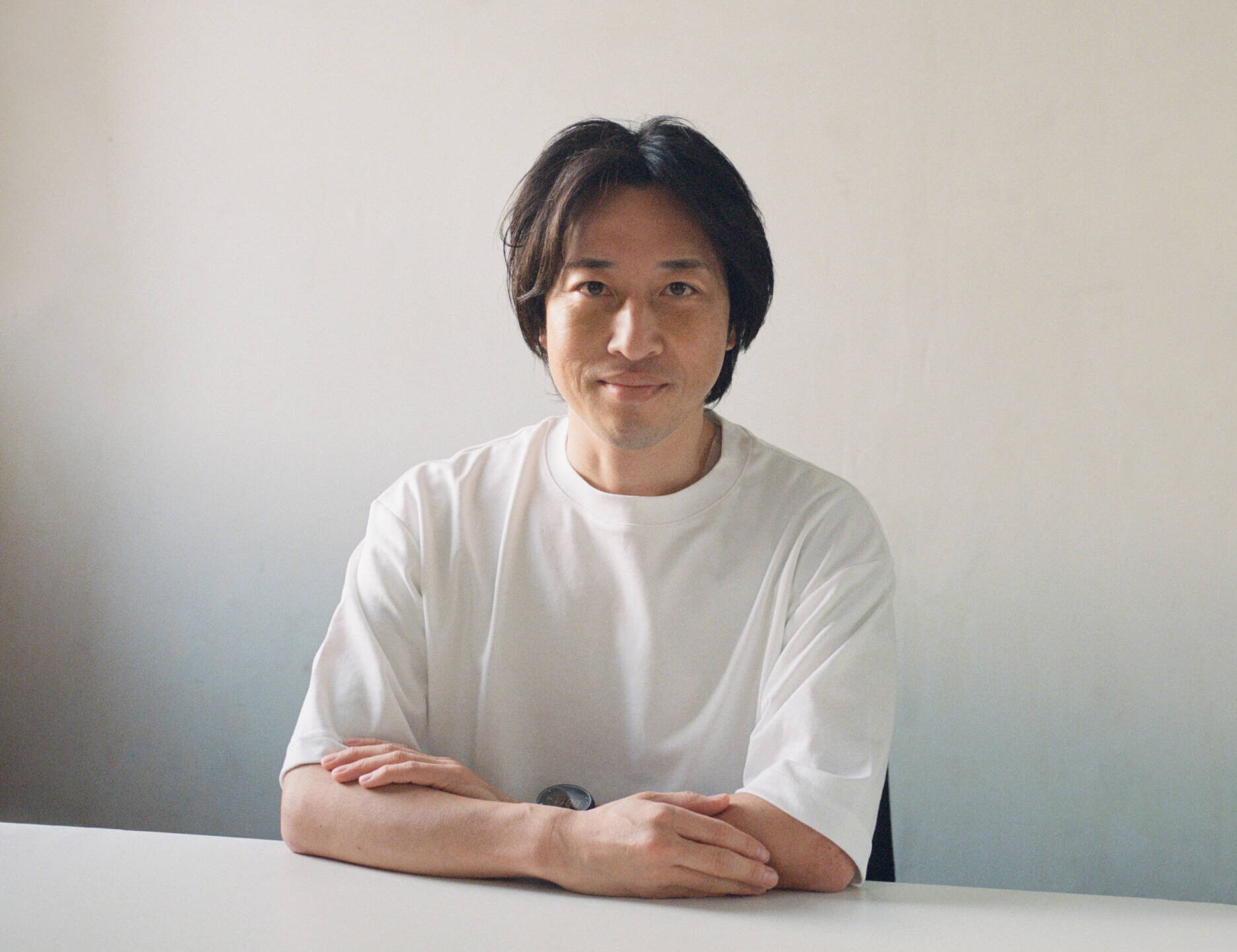
Hideaki Fukutake, co-owner of Benesse Art Site Naoshima
LUX: How is regeneration through your multiple art museums having a socio-economic impact on the Seto Inland Sea islands?
SF: The idea of establishing an art museum on each island (Naoshima, Teshima, and Inujima) was to place an art museum on each damaged island as reference for their future development. It would serve as a place of focus, like a church that acts as a centripetal force in Western societies. I created the art museum as a place to unite the hearts of the islanders, who were otherwise scattered.
In 2010, I started the Setouchi Triennale, which attracts around 1 million visitors each time.
For the 2019 Setouchi Triennale, it is recorded that about 1.2 million people visited Setouchi. Of course, this impacted economically, but I am not doing art activities for the economic effect. As I continued these activities, I gradually felt that many young people visited Naoshima and that the elderly people of the island became more energetic as they interacted with the local community and the islanders. In addition, the islanders took the initiative to start guesthouses and cafes, and so on. We believe that the social impact is not only the economic effect, but also the revitalization of the island as art activities take root in the island life.

Naoshima New Museum of Art, © ⒸTadao Ando Architect & Associates. A new museum set in Japan’s first National Park
LUX: Why do you collect art, at a personal level?
SF: Most of our works are held through Benesse Holdings, Inc. or Fukutake Foundation. Selections are made primarily by me. The intention is to entrust artists to send a message to the world strongly cautioning against excessive modernization, therefore, many of the works in the Benesse Art Site Naoshima (BASN) collection are highly message-oriented. We believe that by exhibiting these works within buildings designed by Tadao Ando, an architect from Osaka, in the islands of the beautiful Seto Inland Sea rather than in a museum in Tokyo, we are ideally placed to amplify the messages of these artworks. This approach aims to address the excessive modernization and urbanization that have damaged these islands. Through my 37 years of activity since 1987, I have come to realize that contemporary art, more than any philosophy, literature, or other form of art, has the greatest power to energize local people and deliver messages to the world.
Hideaki Fukutake: The criteria and motivations for selecting art to be exhibited on Naoshima and in the Setouchi area are completely different from those for selecting art for personal collection. I personally do not have a significant art collection. I simply acquire art that is suitable for the spaces where they will be displayed, such as my home or office. In my personal spaces, where I spend a lot of time, it is important to me that the art is visually pleasing. However, my sensibilities evolve as I age and the circumstances of the time change, so I try to acquire and display artwork that I find beautiful at the time. I am interested in understanding and objectively observing how my perception of what is beautiful changes over time
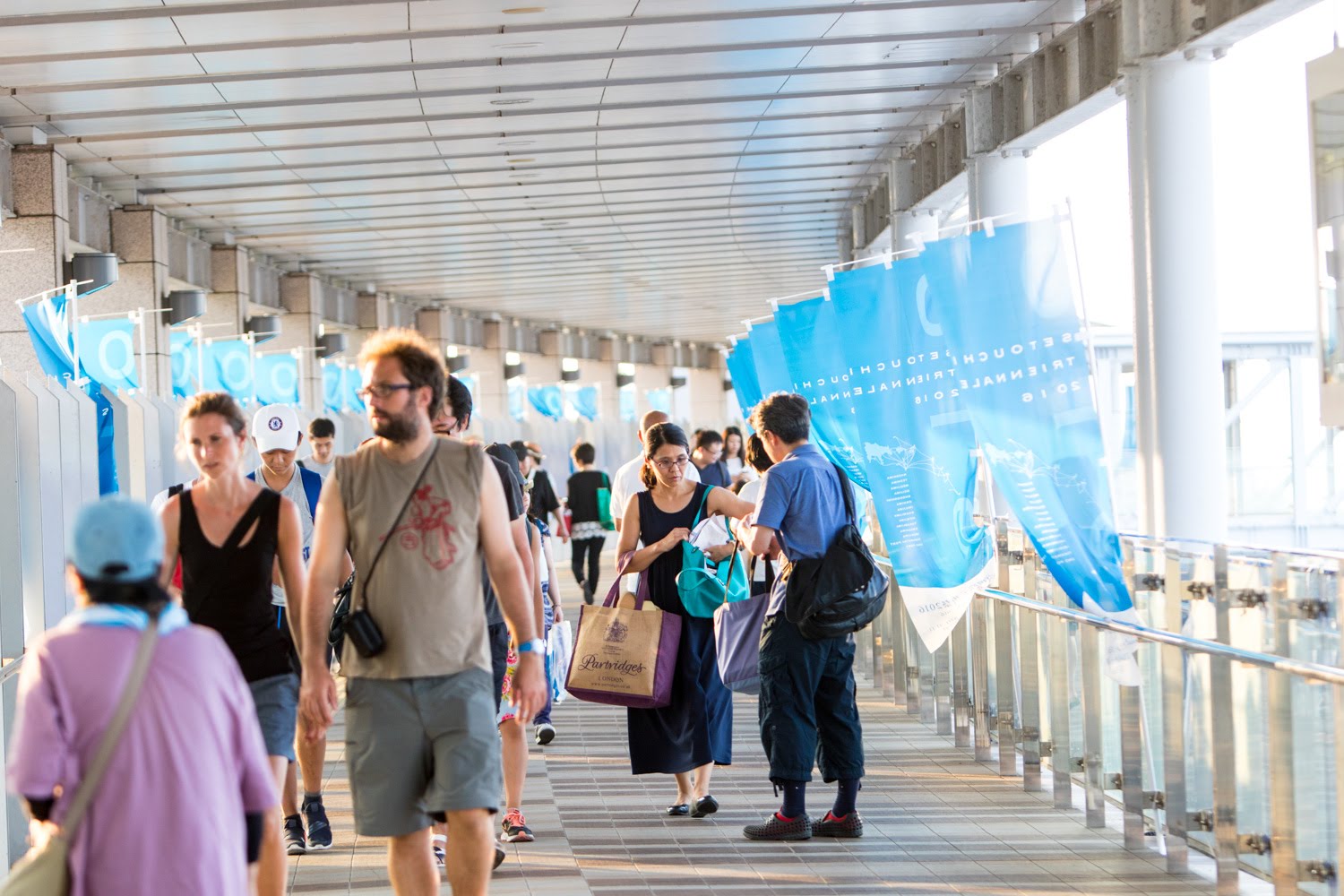
Setouchi Triennale by Shintaro Miyawaki
LUX: Is it important for you to remain an independent foundation?
SF: Of course. As I mentioned earlier, because artists’ narratives can include criticism of the government, I believe it is better for public entities to stay outside the conversation. Private individuals and companies should not only be proactively profit-making but should also invest more in art, which underpins the cultural infrastructure of modern society. I believe that culture is what enriches the soul. With this purpose, at the Fukutake Foundation, I advocate a new concept of management called “public interest capitalism”. When a corporation establishes a foundation for cultural or community development, the foundation becomes the major shareholder of the corporation and the founding family, and the corporation and the foundation work together in cultural activities, thereby ensuring soundness for both parties. The funds will be not donated but returned to the foundation in the form of dividends on an ongoing basis. In this context, it is only corporations that create wealth. I believe that corporations are the ones who should invest more in culture and art. In this sense, it should be an independent foundation. I believe we must strive for the economy to become the servant of culture, for culture to come first and for the economy to support it.
HF: I believe our independence is extremely important. I feel a degree of separation from society is necessary in order to present unique perspectives and values to the world. The world moves quickly, and the ability to share information and values is incredibly strong, so we would like to keep the Foundation as independent as possible, as a contrast to an increasingly homogenized society. It is appropriate that the Foundation’s activities are conducted on islands surrounded by the sea, which moderates the interaction and disconnection with society. This is probably our unique strength.
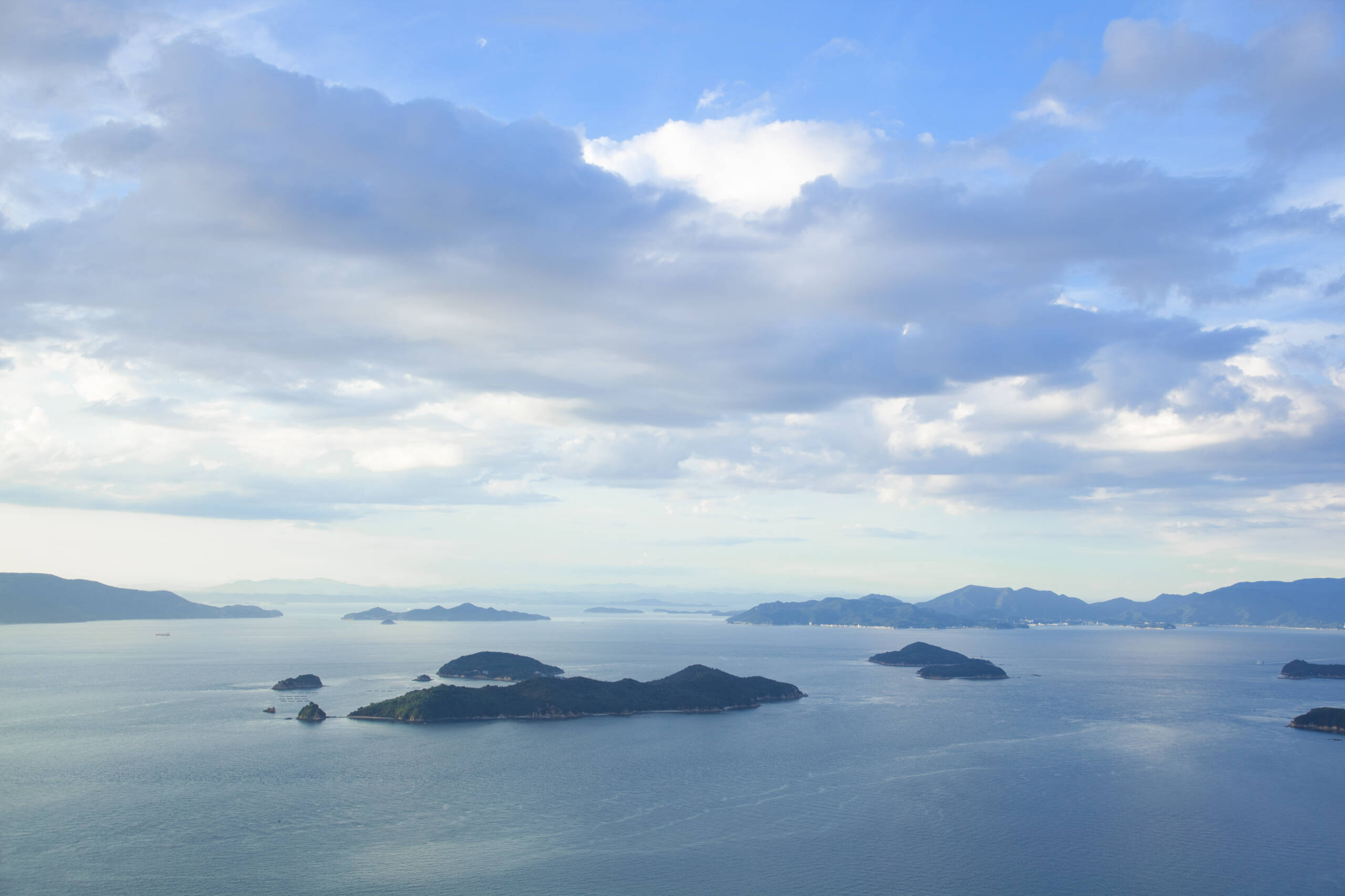
Photography of the Seto Inland Sea Islands by Osamu Nakamura
LUX: How can you inspire Japanese collectors to buy art from emerging Japanese artists?
SF: I believe the government and the national authorities need to provide more support to young artists. In Japan, there was an exhibition called DOMANI that ran for 25 years until 2023, aimed to nurture young artists, but unfortunately it was cancelled. I am concerned that young artists in Japan may not receive adequate nurturing. Japan is a country where the government shows limited interest in culture, which I find very problematic. Culture plays a crucial role in shaping regional and national identities, which economic development alone cannot achieve. It is unfortunate that such thinking is largely absent in Japan today. Conversely, I believe it is crucial for companies like ours to actively support art and culture.
HF: While I don’t personally think Japanese collectors should have to support emerging Japanese artists in particular, it is clear that artists will need to develop skills beyond pure creation. These would include communication and branding. In today’s world, they have more opportunities than ever before to connect directly with collectors and society globally. It might be better to let these processes develop naturally, allowing powerful, down-to-earth, and passionate artists and collectors to emerge organically.

Atrium of Naoshima New Museum of Art Ⓒ Tadao Ando Architect & Associates
LUX: What was the vision for the international art festival?
SF: Like the activities of Benesse Art Site Naoshima, together with Fram Kitagawa who is director of the Setouchi Triennale, this festival has continued to use contemporary art as a means to raise issues about modern society. We have been working to let visitors know through the activities of the Triennale that it is in rural areas that true wealth and true happiness can exist, which cannot be measured by economic indicators.
With keywords such as “Restoration of the Sea” and “Smiles of the Elderly,” we have worked to generate interaction and learning among people, to promote cooperation between artists and collaborators from outside the island with the local people, and to convey the power of the region and create pride among the people of the island through their participation in these activities.
We would be more than happy for you to experience the Triennale and this richness.
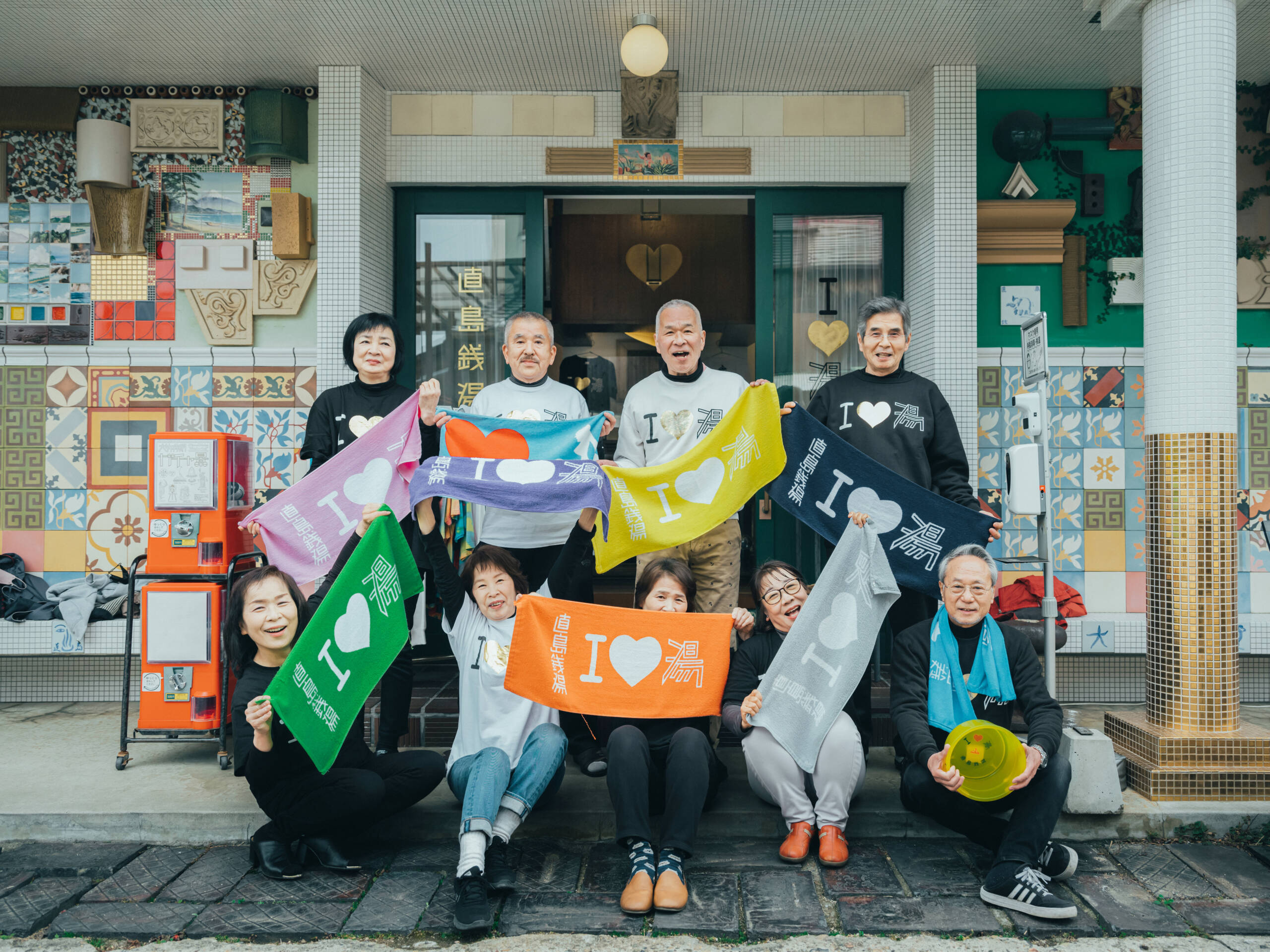
‘We have been working to let visitors know through the activities of the Triennale that it is in rural areas that true wealth and true happiness can exist’: Smiles of the Elderly by Hideaki Hamada
LUX: Please share the concept for the Sixth Setouchi Triennale in 2025.
SF: The Setouchi Triennale will be held for the sixth time in 2025, following the inception in 2010. Despite consistently focusing on the theme of “Restoration of the Sea,” we plan to reevaluate our approach for the upcoming edition. We will also have several islands as new venues, along with areas such as Higashi-Kagawa, Sanuki City, and Utazu Town.
The foundation of the Setouchi Triennale is to celebrate the natural and geographical characteristics of the Setouchi area, while asking critical questions about modern society. As the festival has evolved into one of the world’s premier art events, our focus now more than ever is on highlighting local life essentials, the magnificent sea and landscapes, and traditional livelihoods, instilling a sense of pride in residents. We aim to demonstrate to visitors the profound sensory and physical experience that the Setouchi Triennale offers, in contrast with sensory overload of urban landscapes. We are preparing to immerse visitors in the unique world of the Setouchi region where the sight of the sky or sea can evoke deep emotions of joy or melancholy. Alongside our existing venues, we will introduce a new venue on the Kagawa Prefecture coastline. This expansion will showcase the historical significance of the Seto Inland Sea, a hub of maritime trade and cultural exchange since ancient times, and attract a diverse range of visitors to our exhibitions.
In 2025, we are dedicated to solidifying our role as a pivotal art hub in Asia, by planning artworks that reflect Japan’s connections with other Asian countries. We are opening a new museum, the Naoshima New Museum of Art in the spring of 2025. The exhibition will feature 11 artists from Asian regions. We hope that this will be an opportunity to showcase the wonders of the Seto Inland Sea to the world through art even more than before. Additionally, we envisage hosting exhibitions featuring works by prominent Japanese artists concurrently at eight museums across three neighbouring prefectures. This coincides with the timing of the Osaka Expo, promising to attract numerous art and nature enthusiasts to the islands.
LUX: What will be Setouchi Triennale’s legacy?
SF: The Setouchi Triennale stands as a unique art festival in the world, uniting multiple regions across a wide area. It’s an unprecedented initiative where art takes on the role of revitalizing depopulated and damaged islands, rather than just serving as a focal point. I hope to showcase to people worldwide the transformative power that art holds.
The Naoshima New Museum of Art

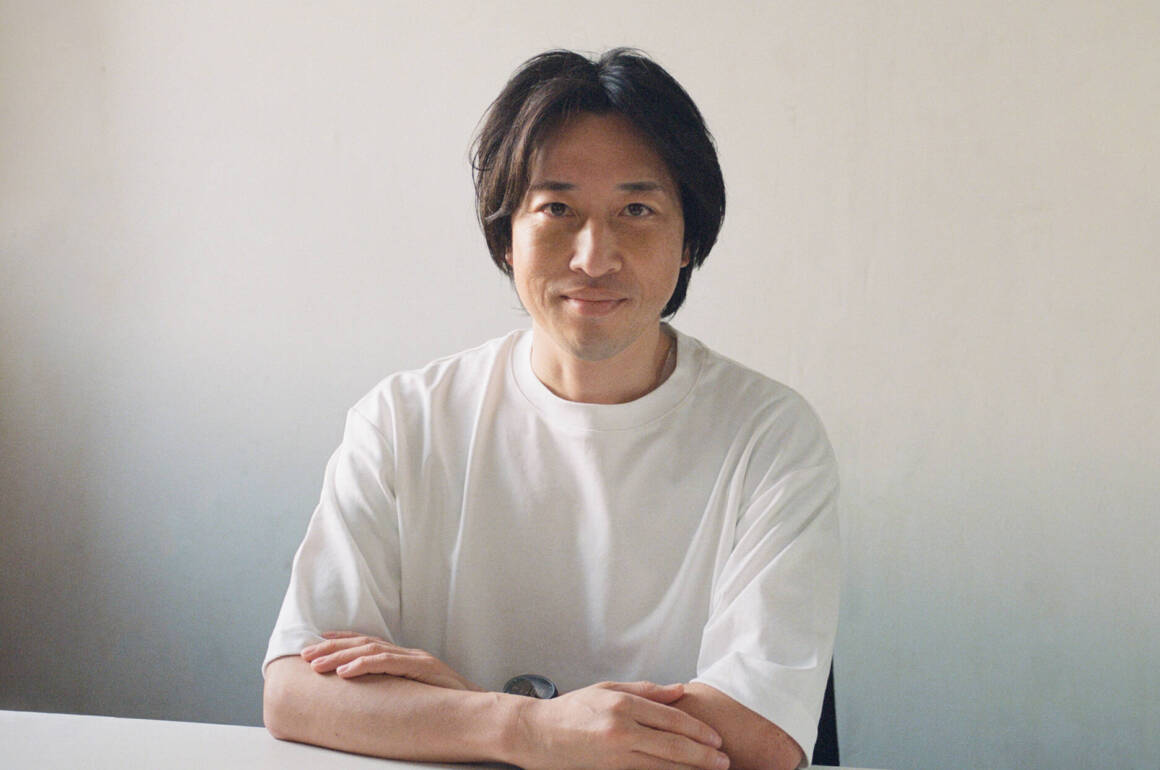
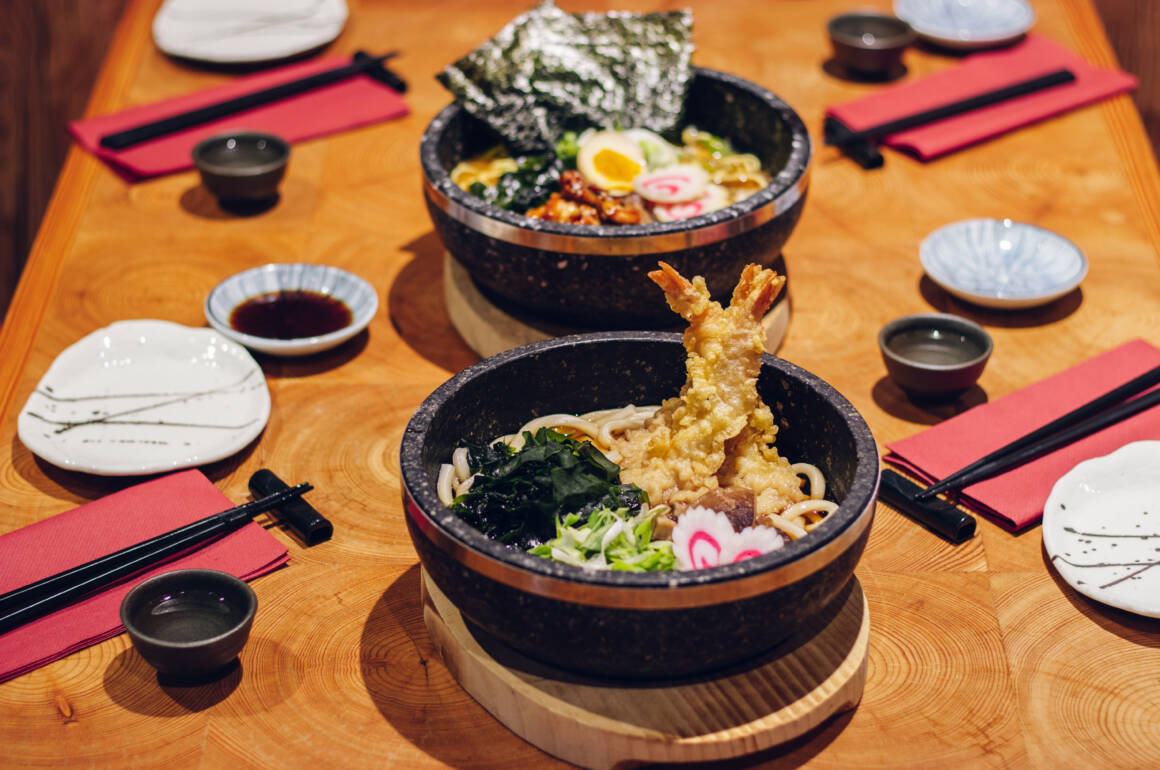

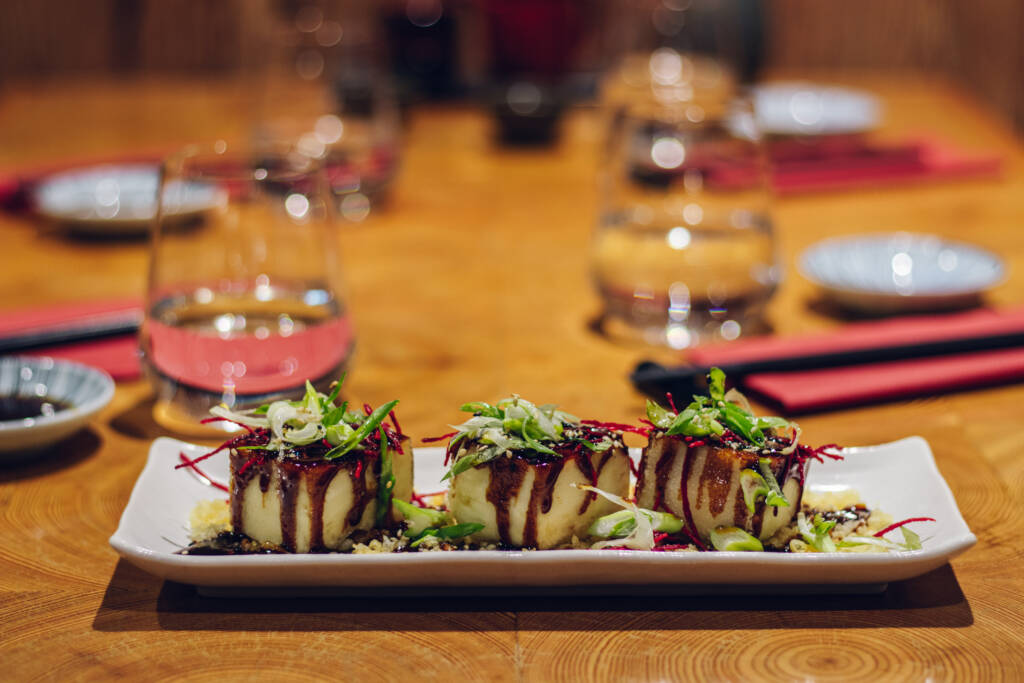

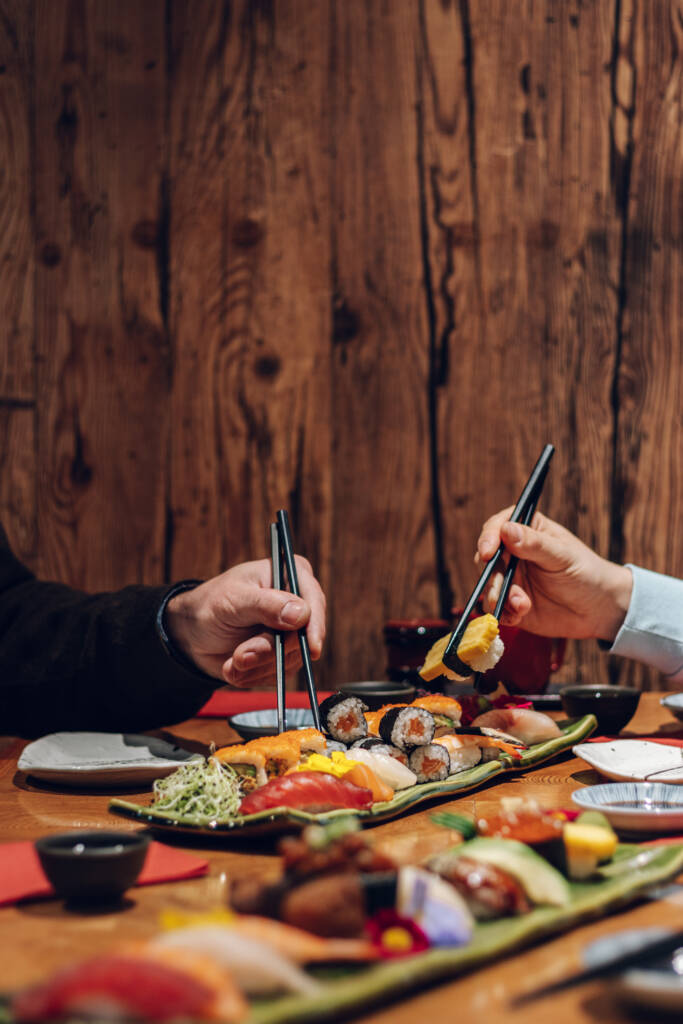


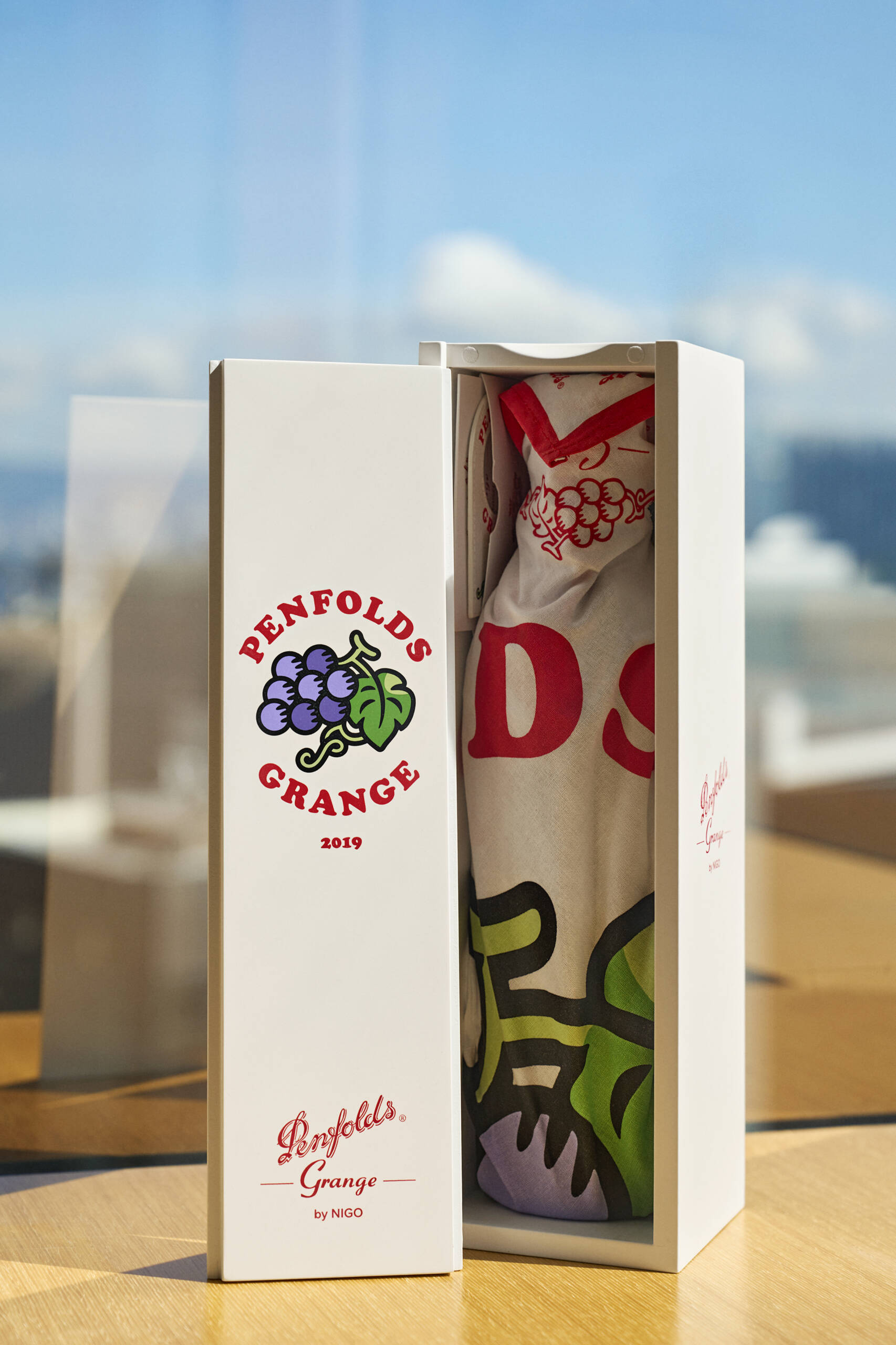
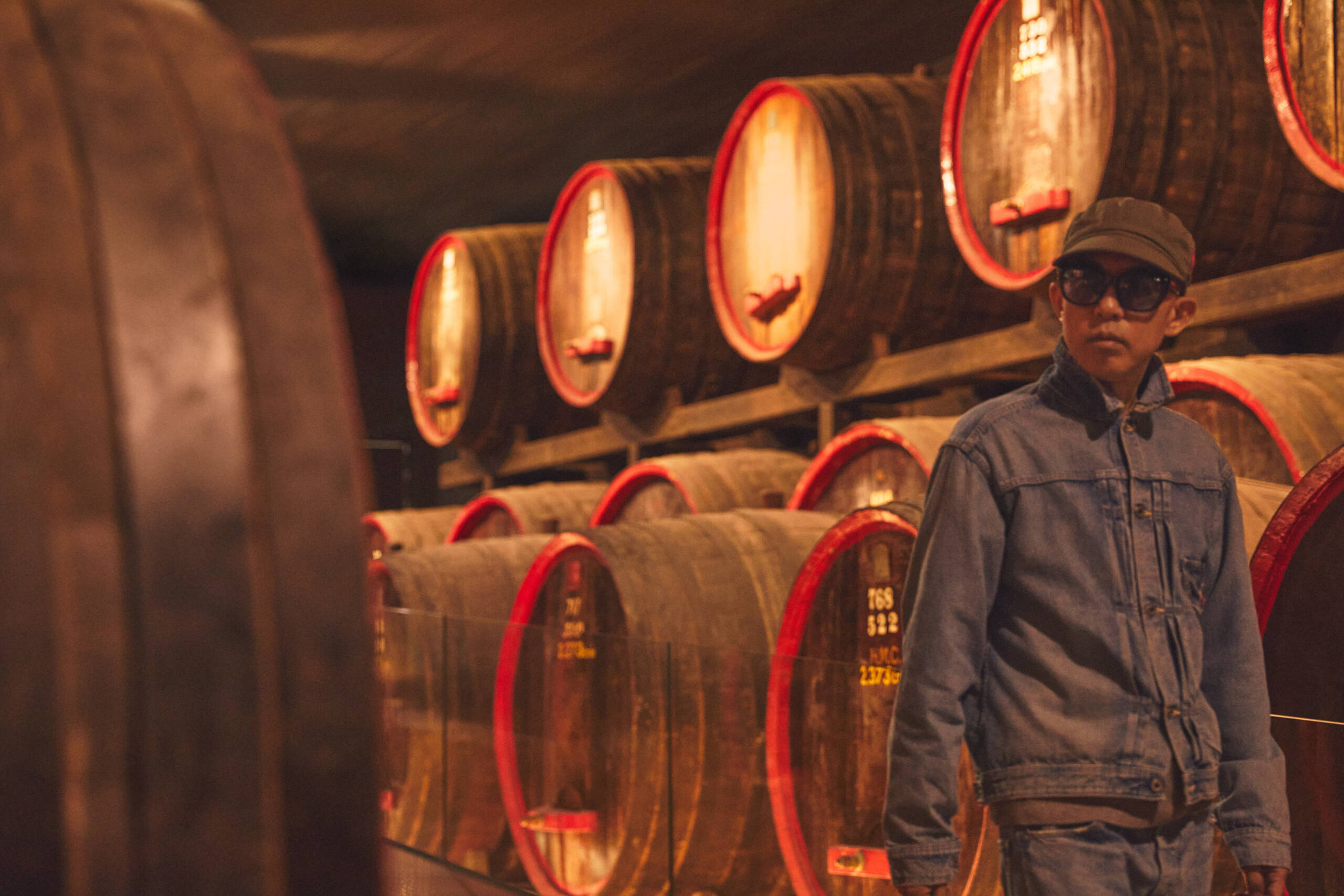
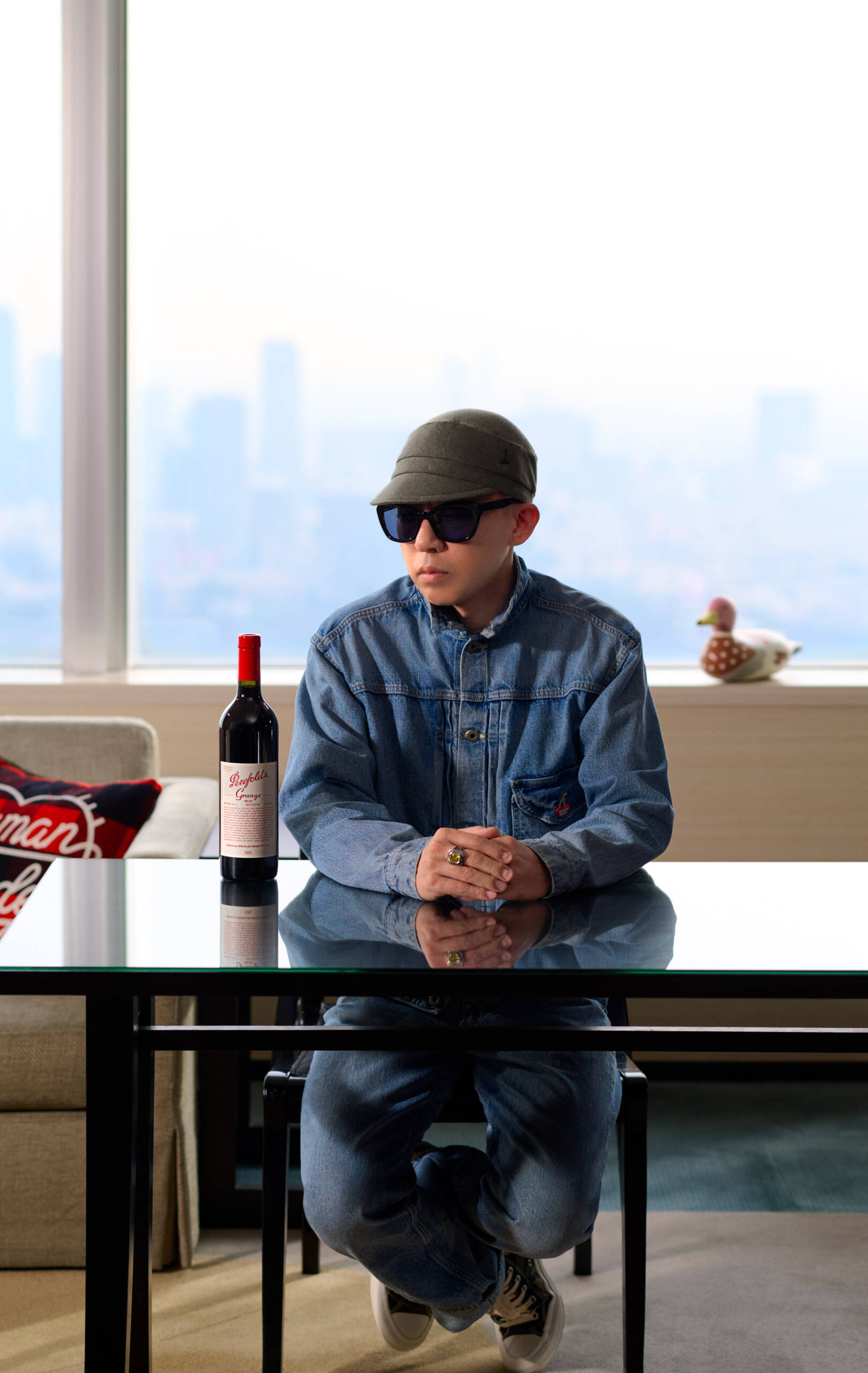
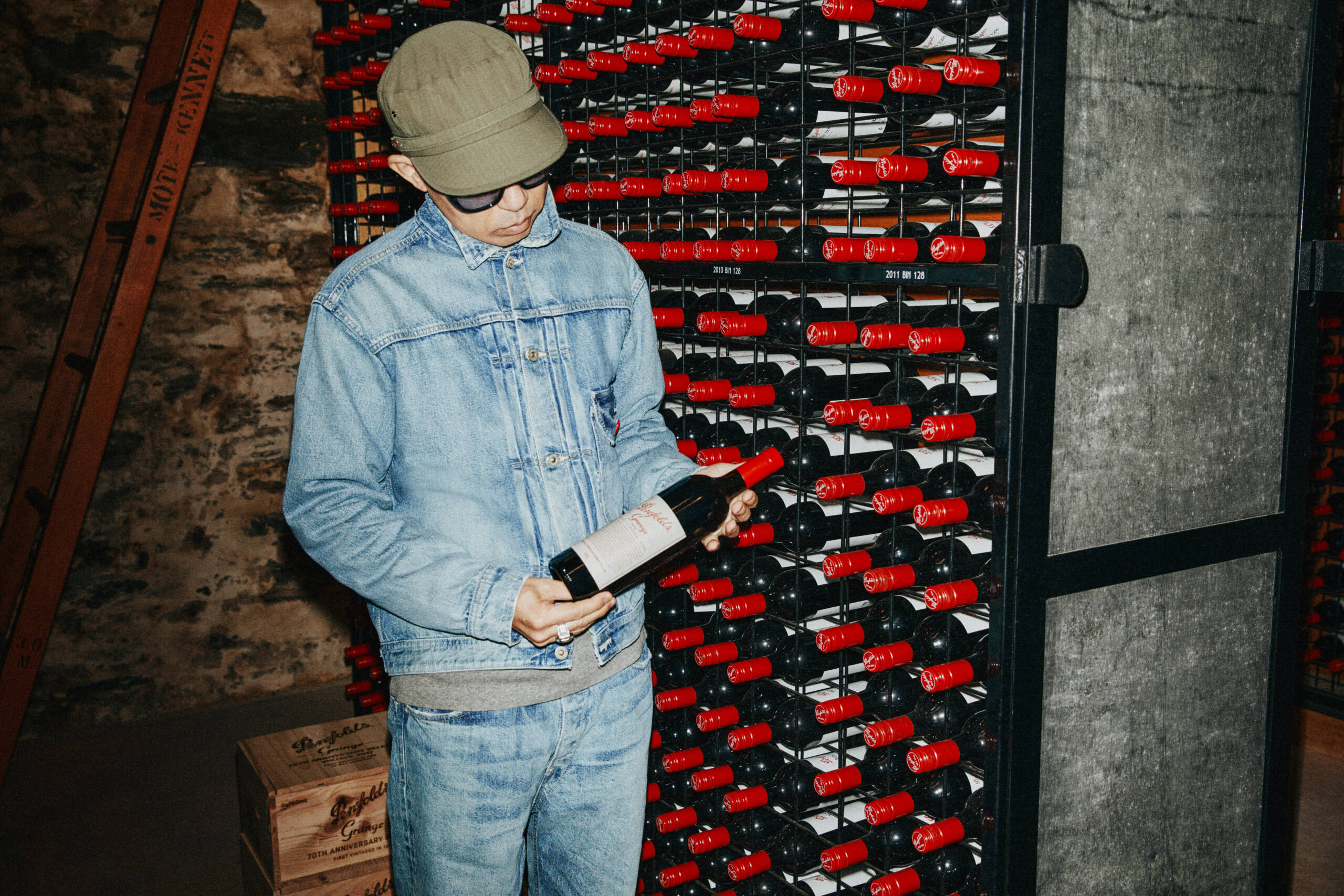

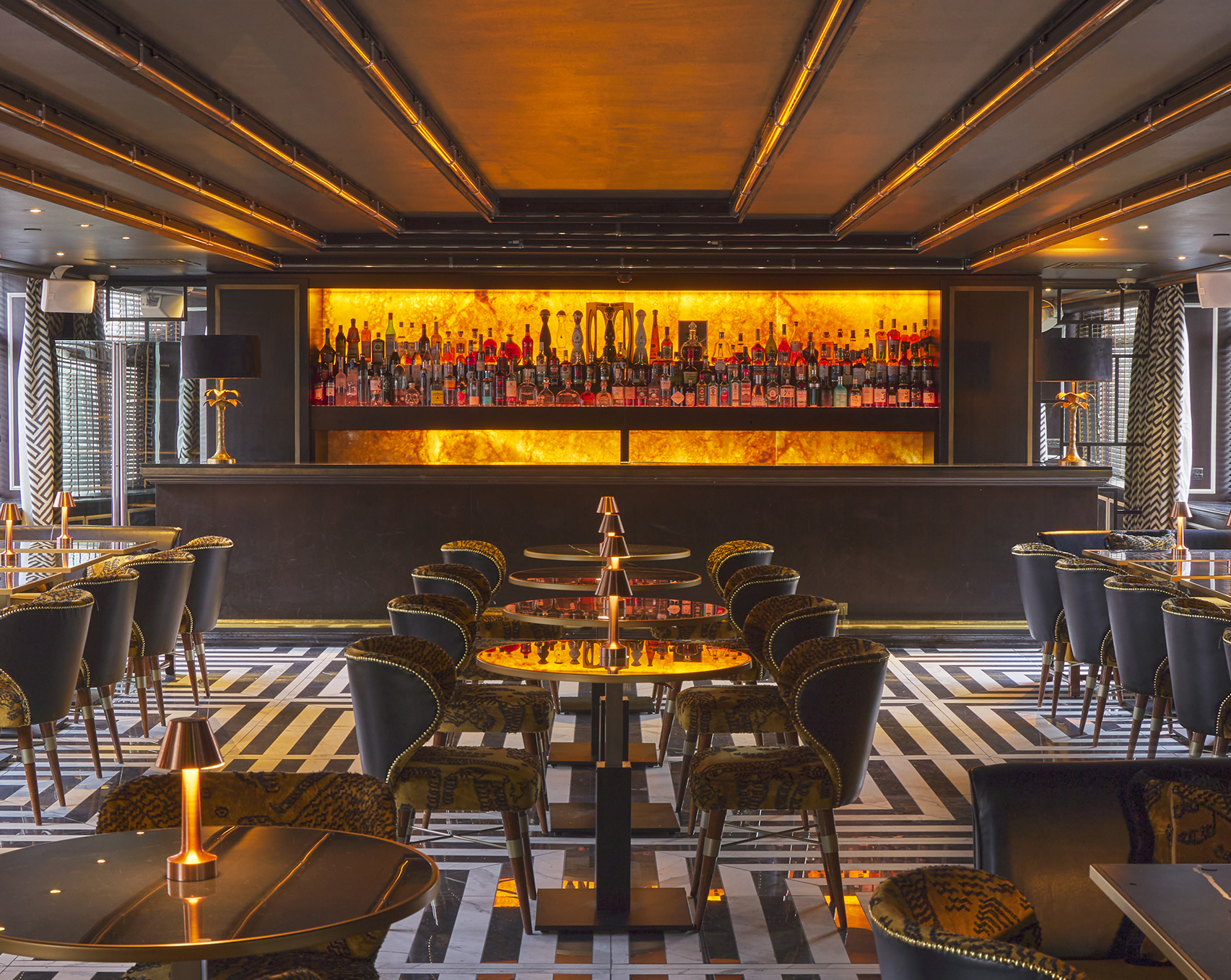



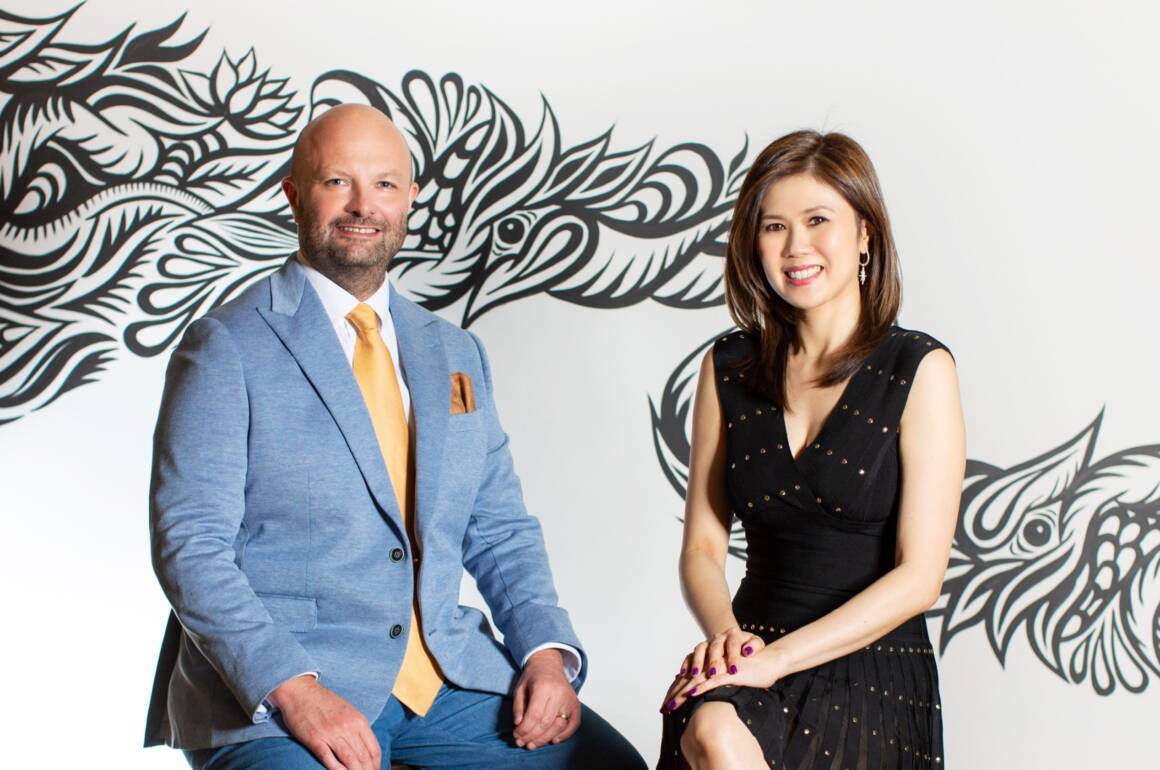
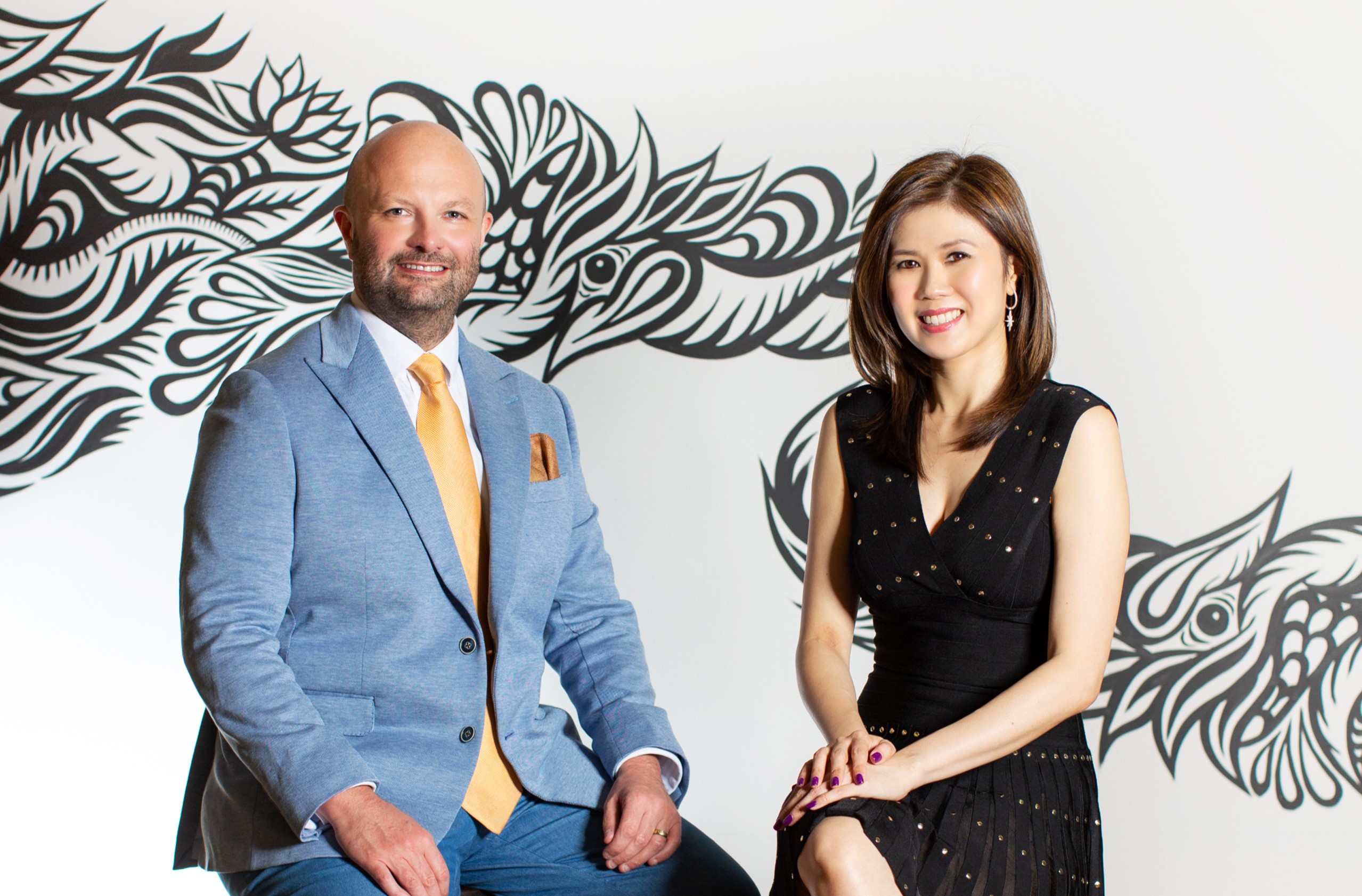
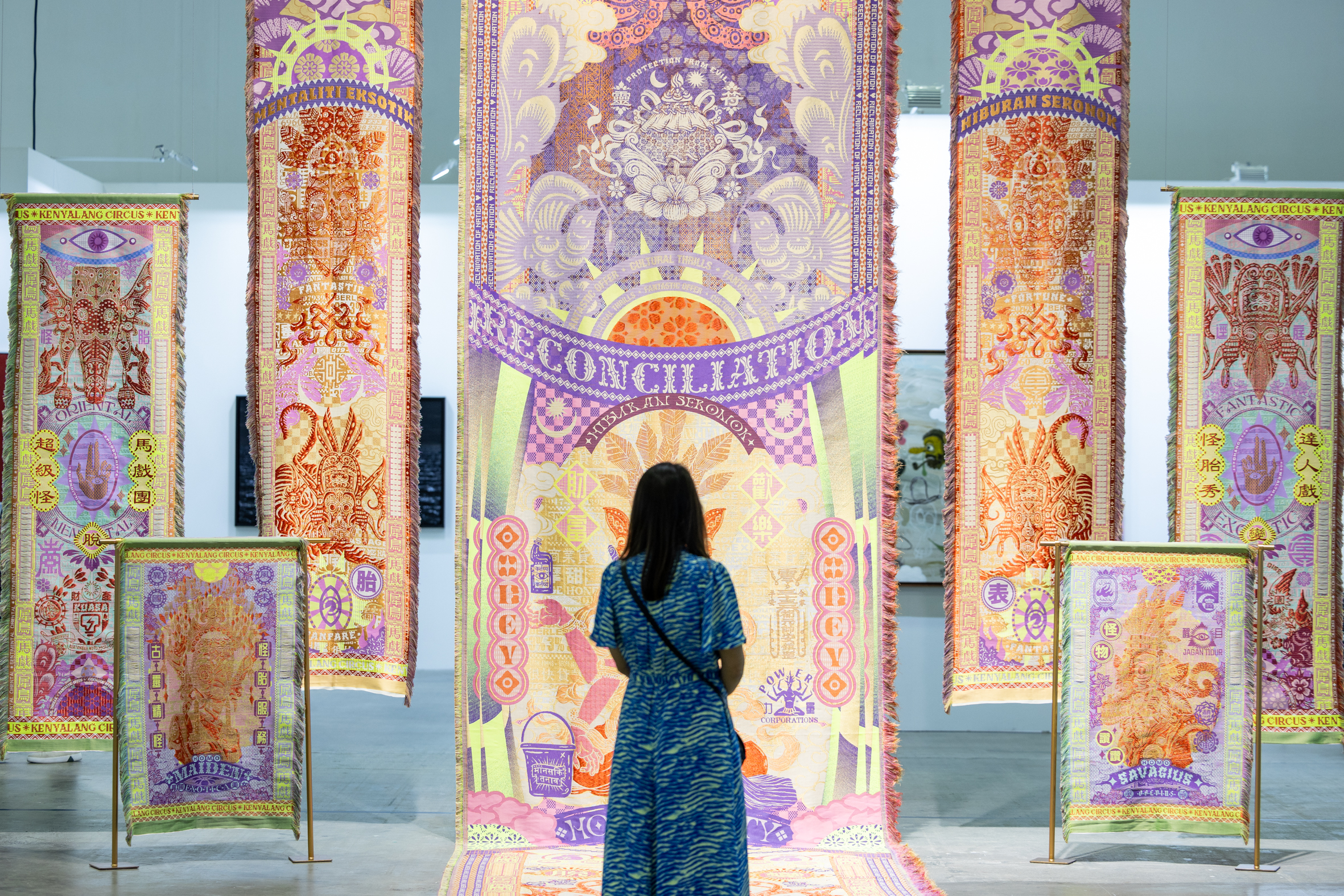
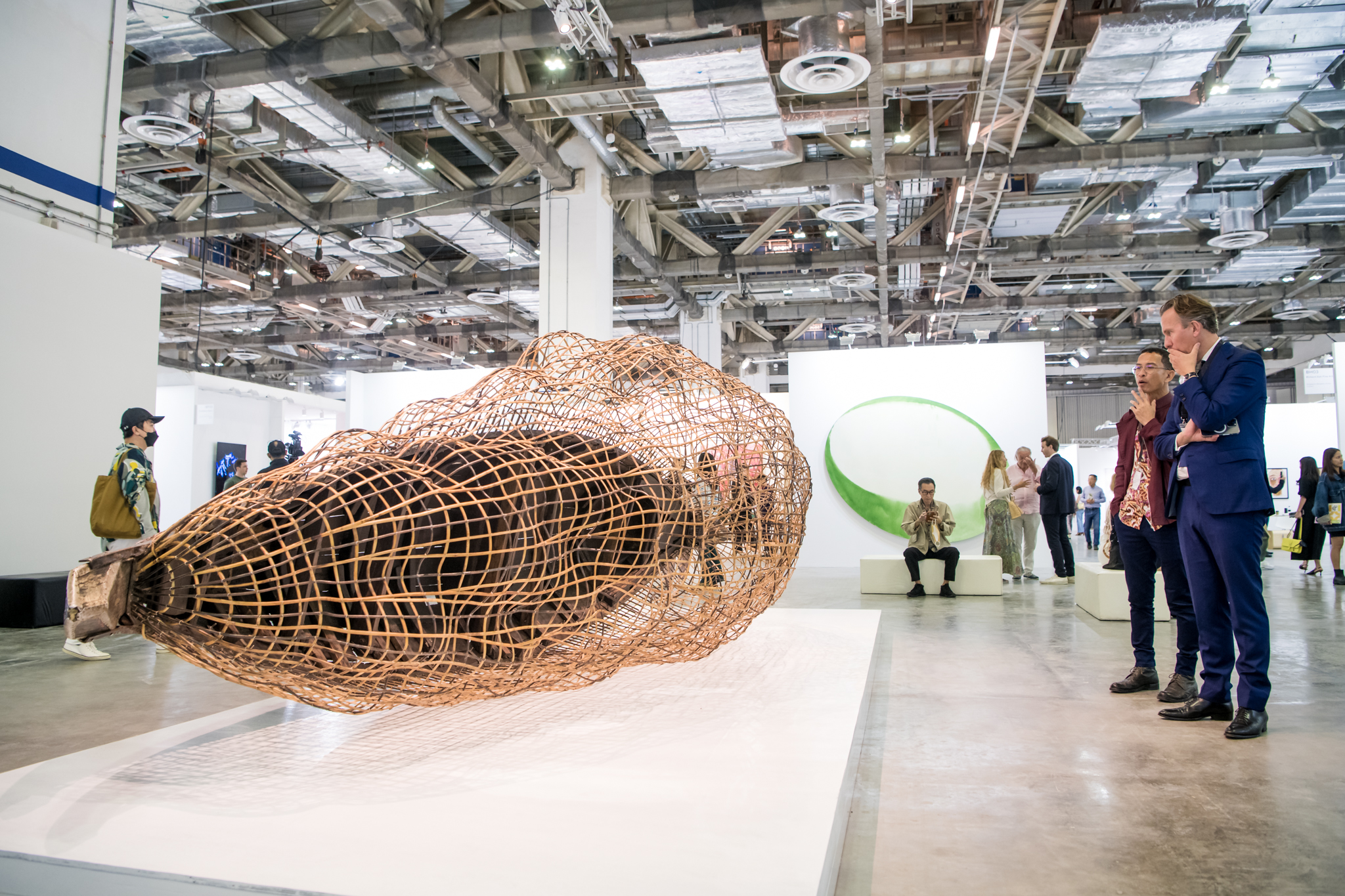
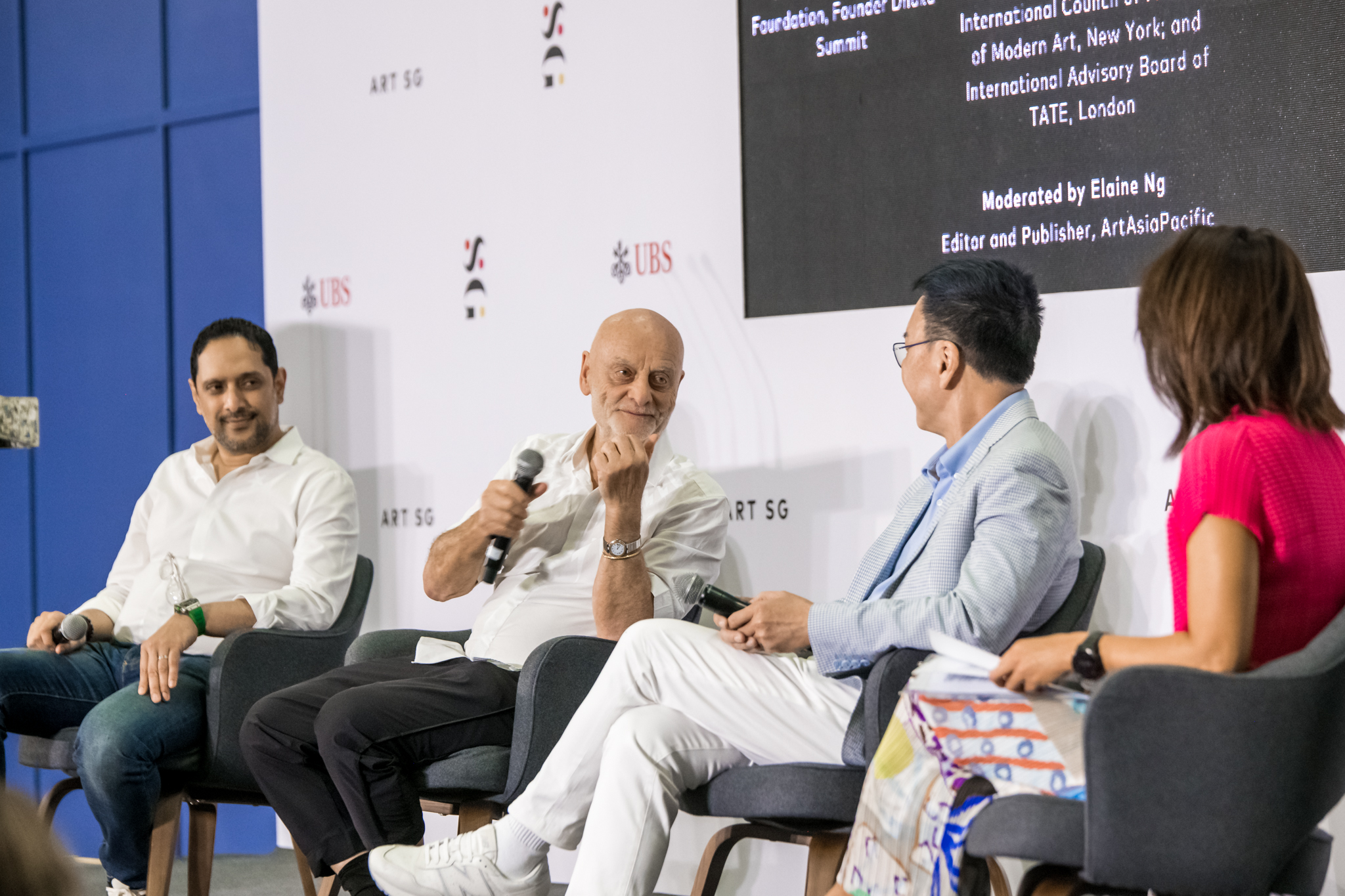
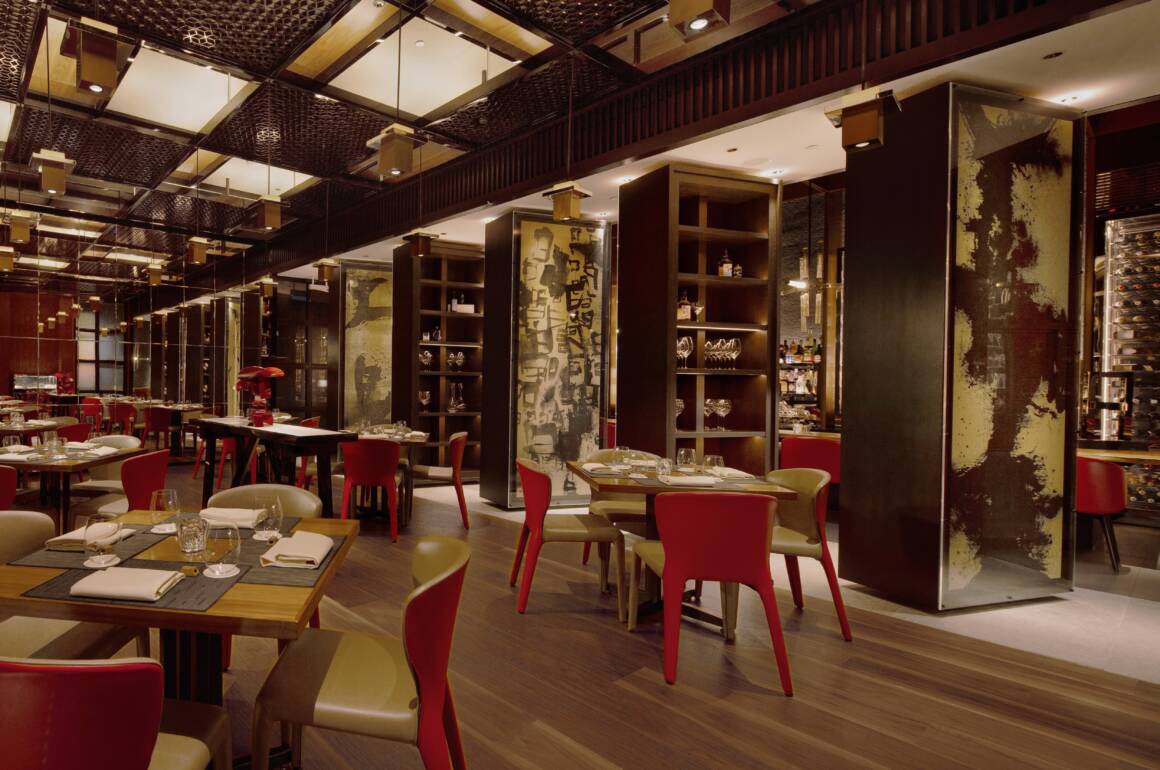
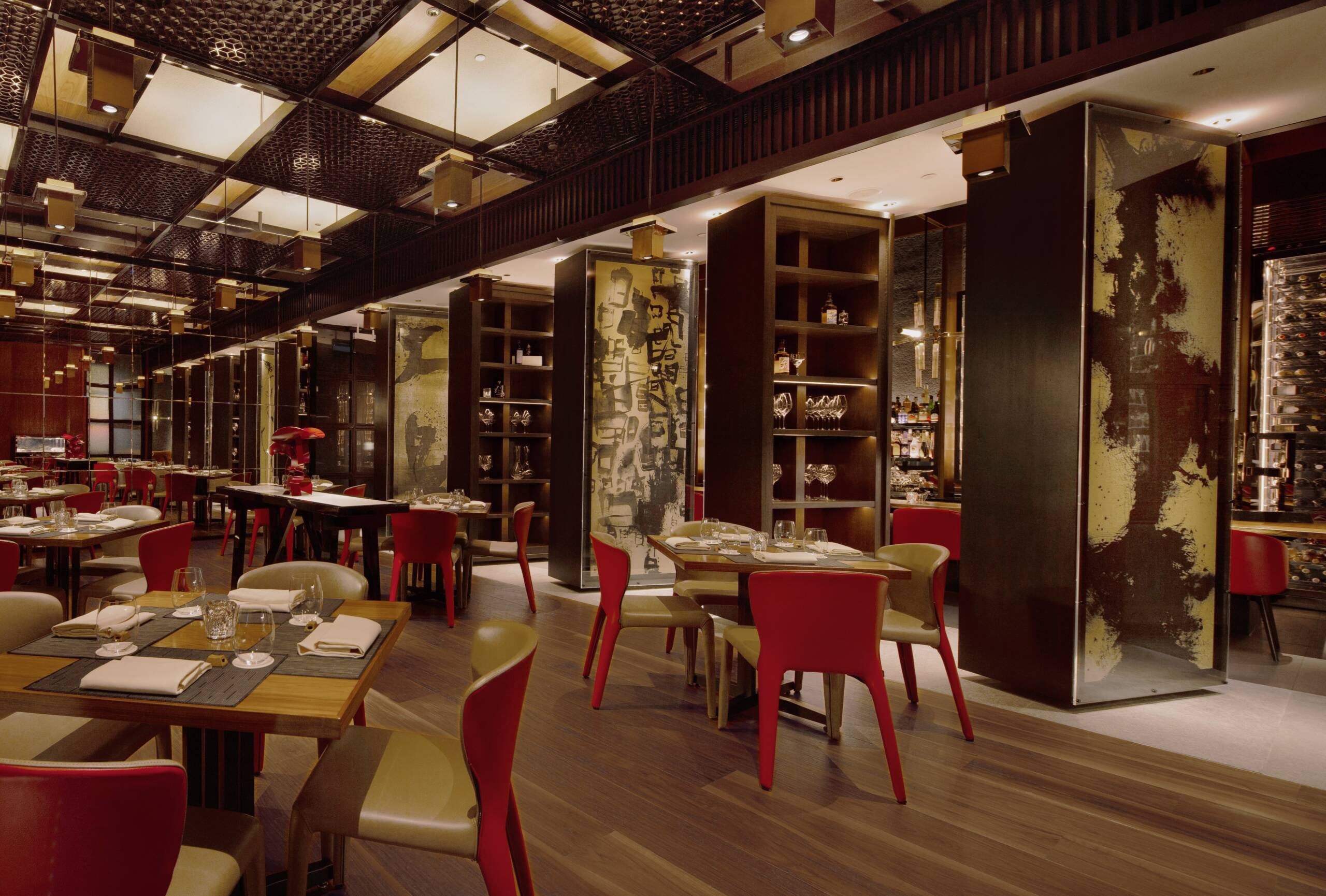
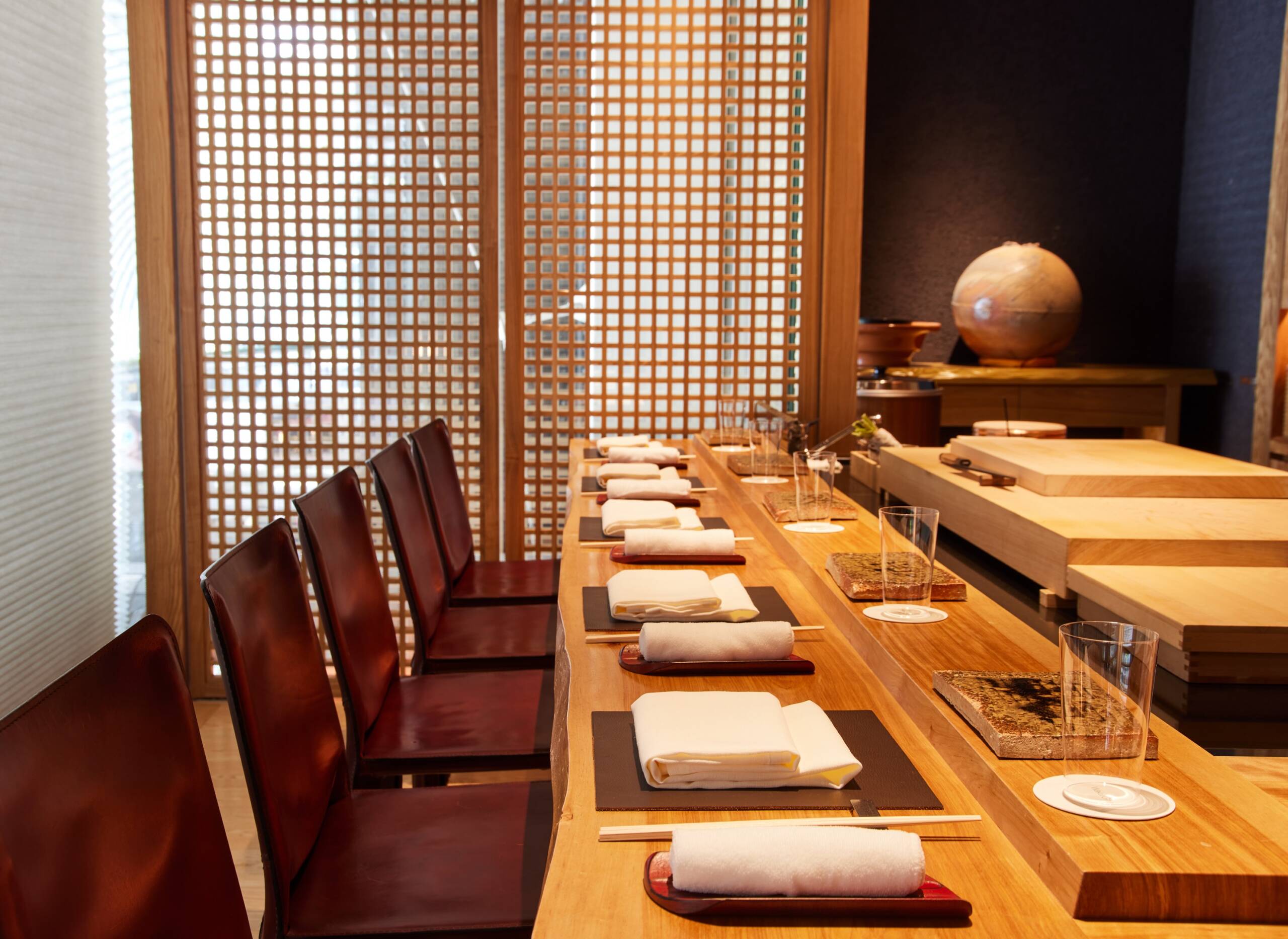
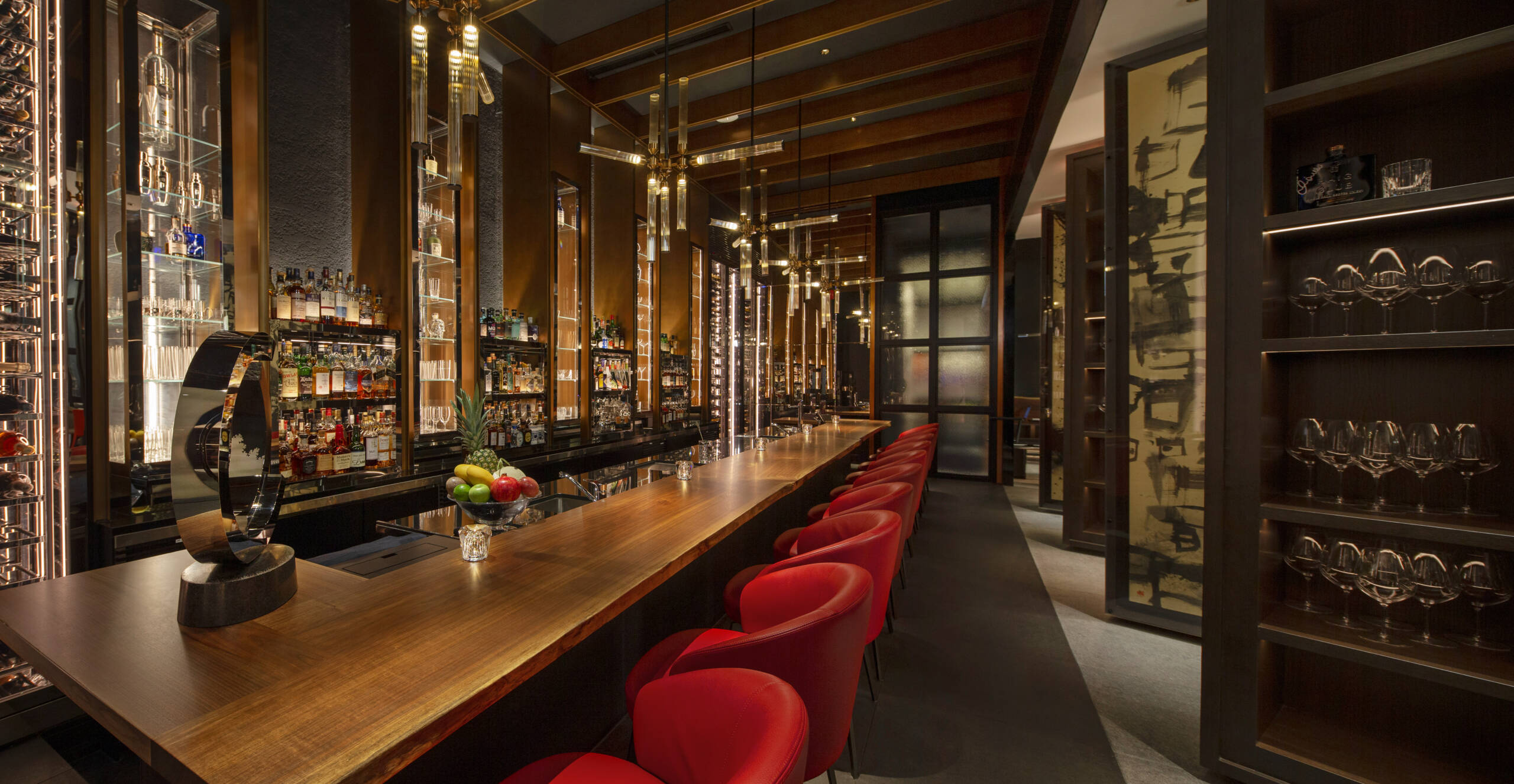
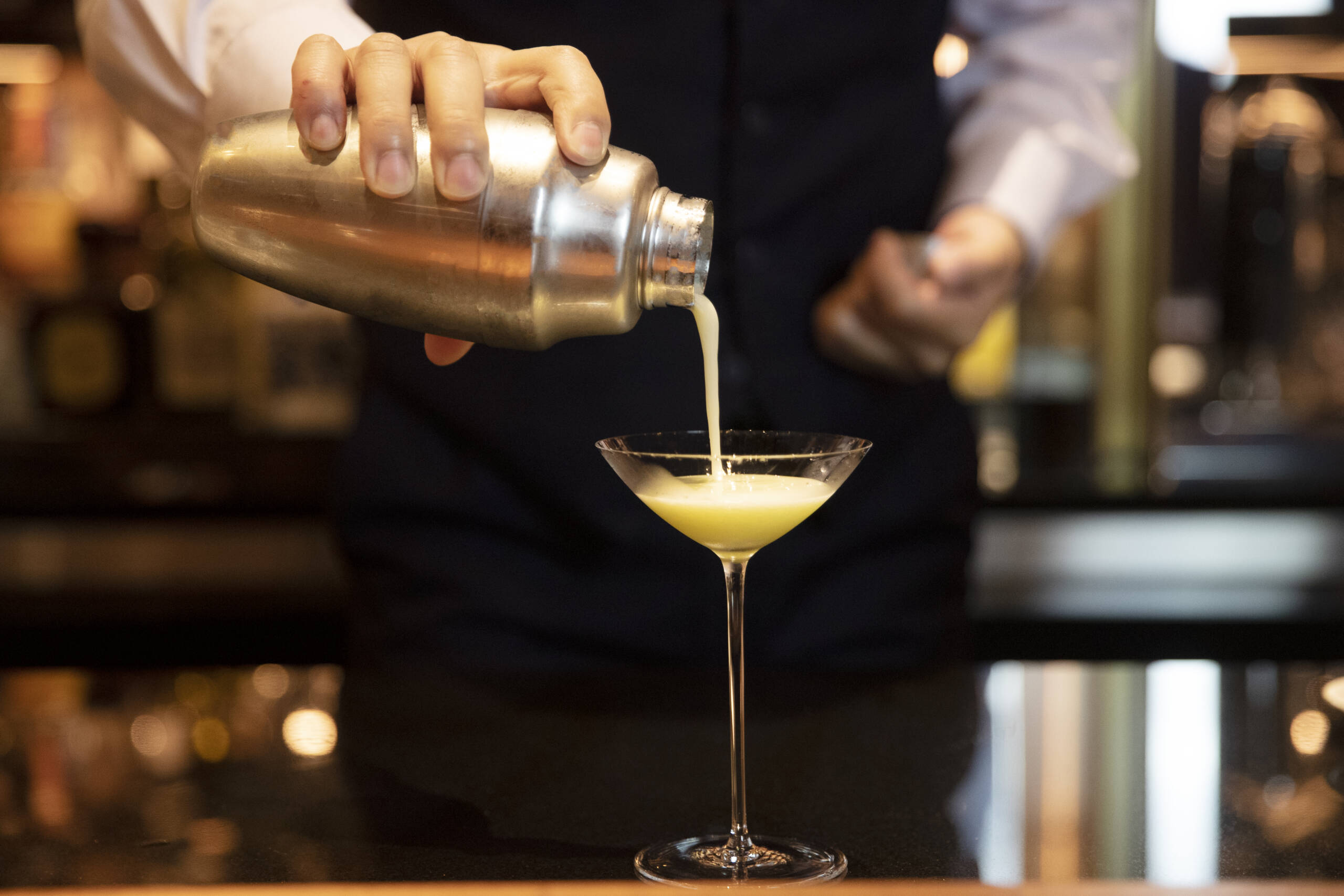
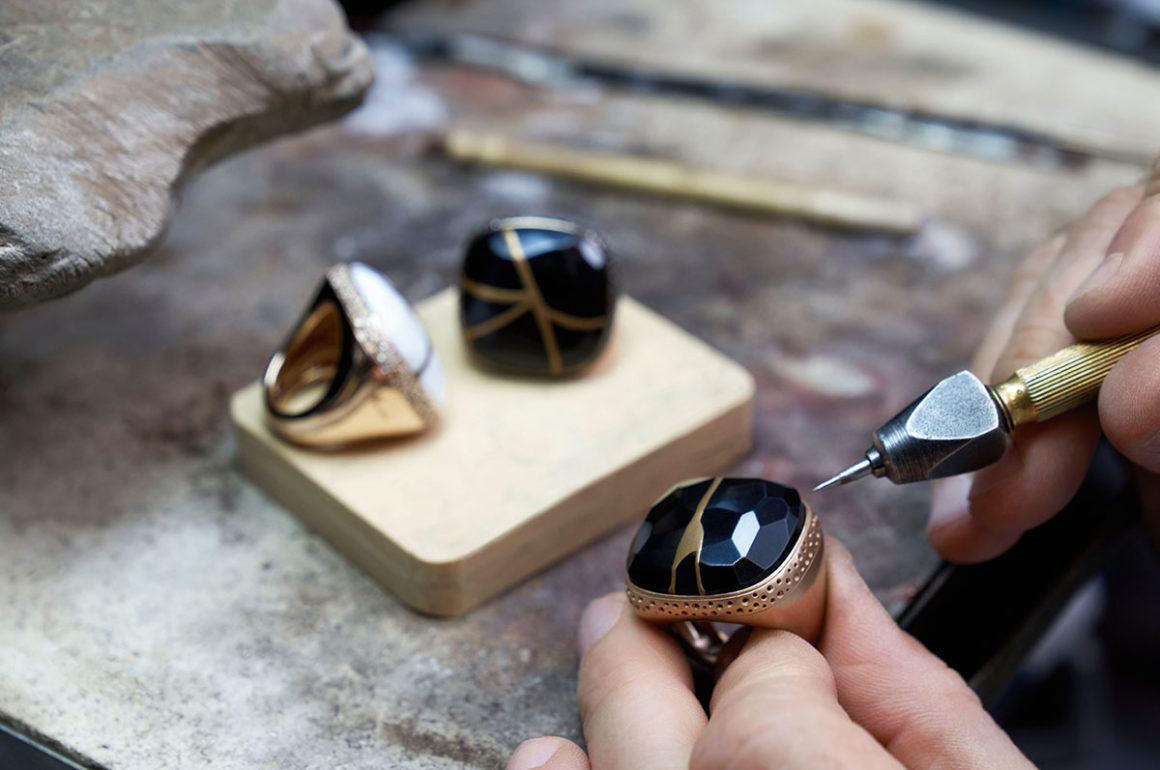
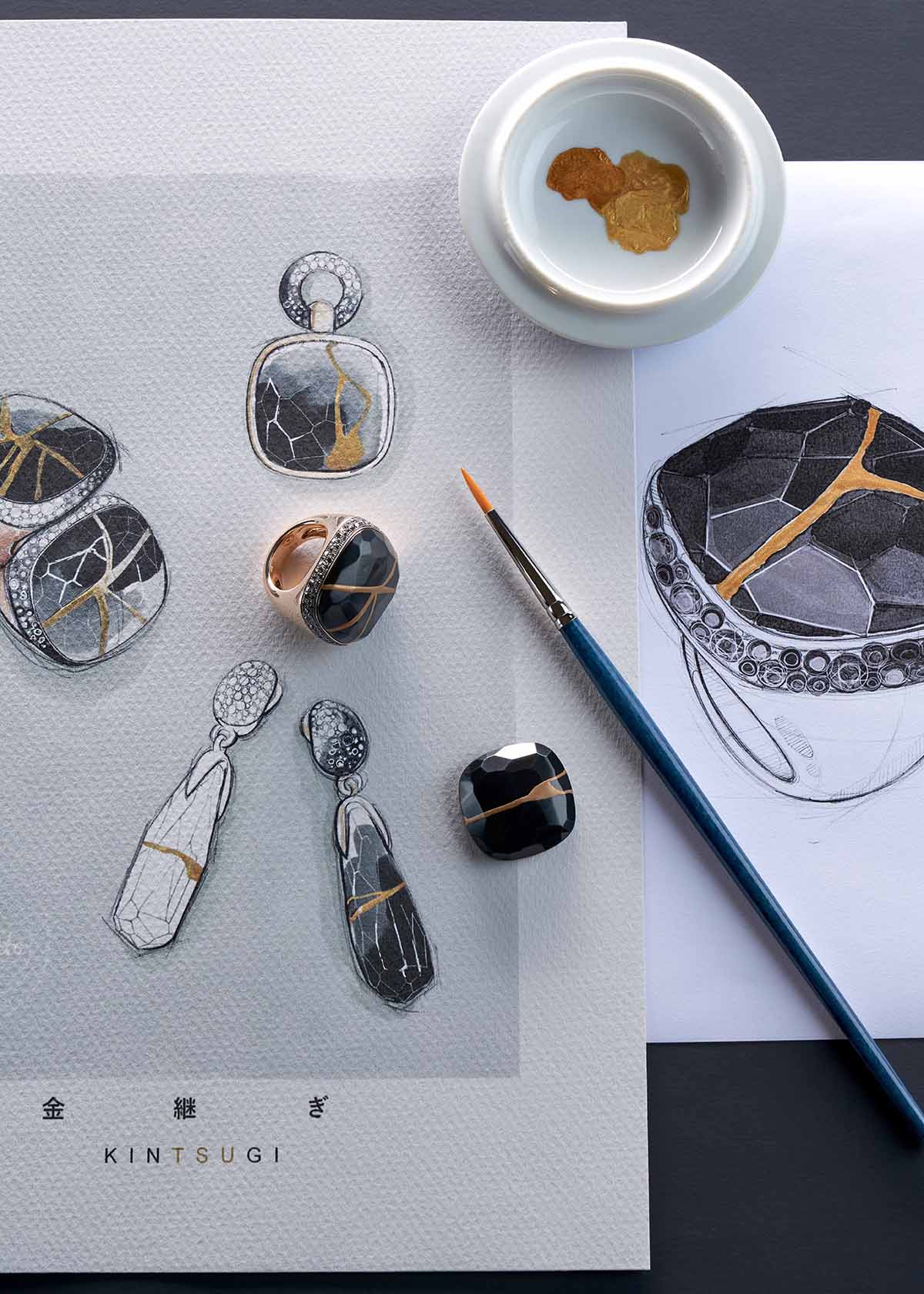
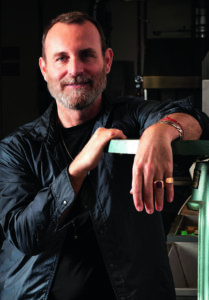
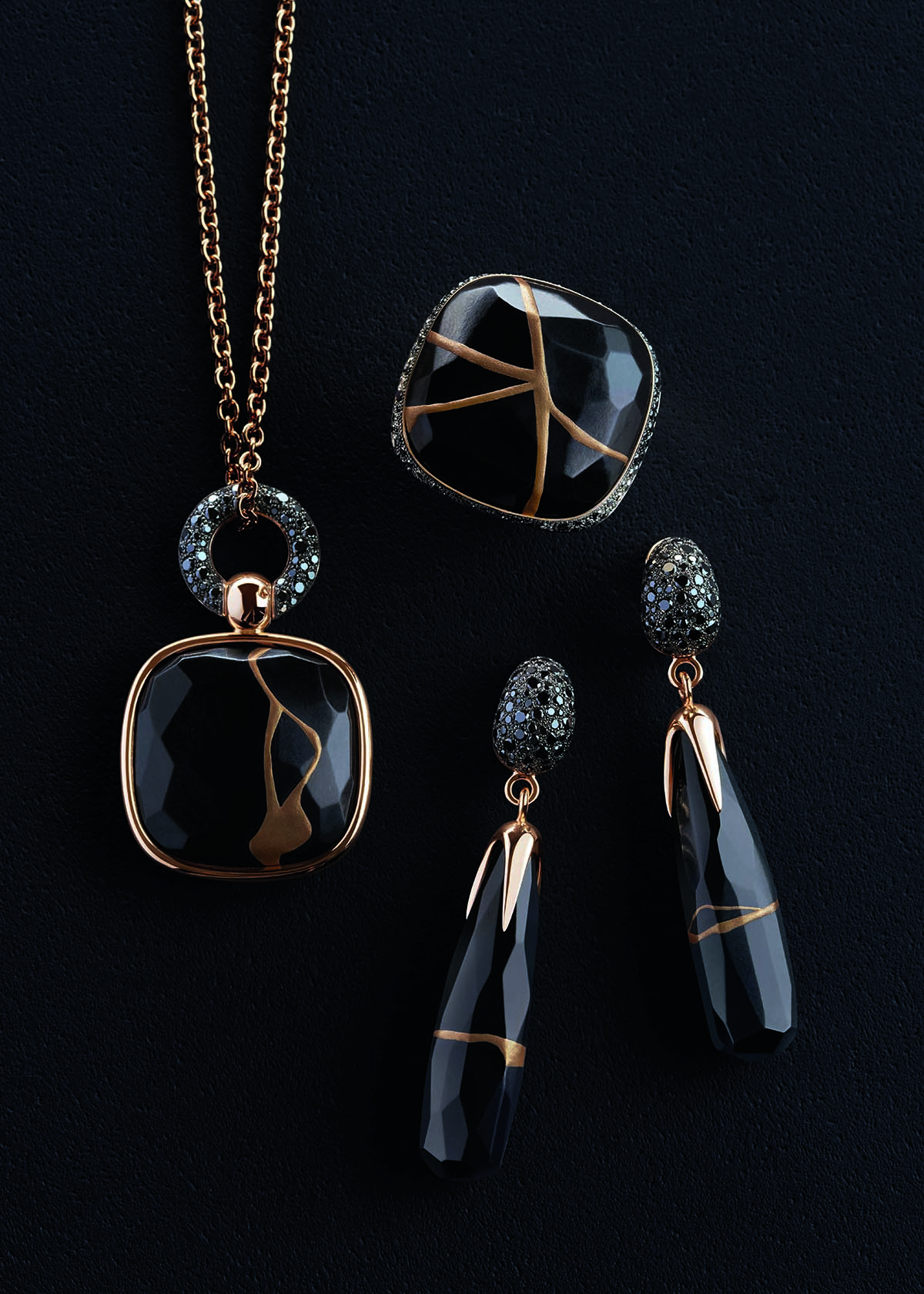
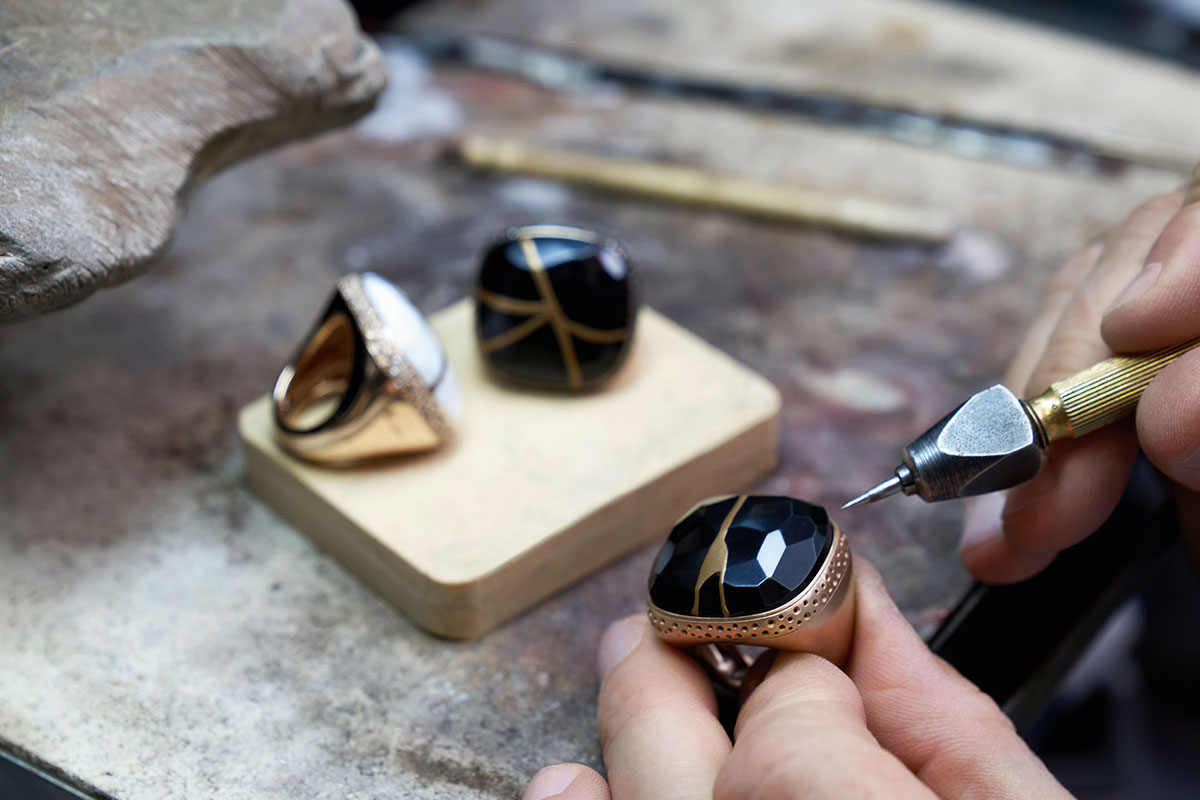

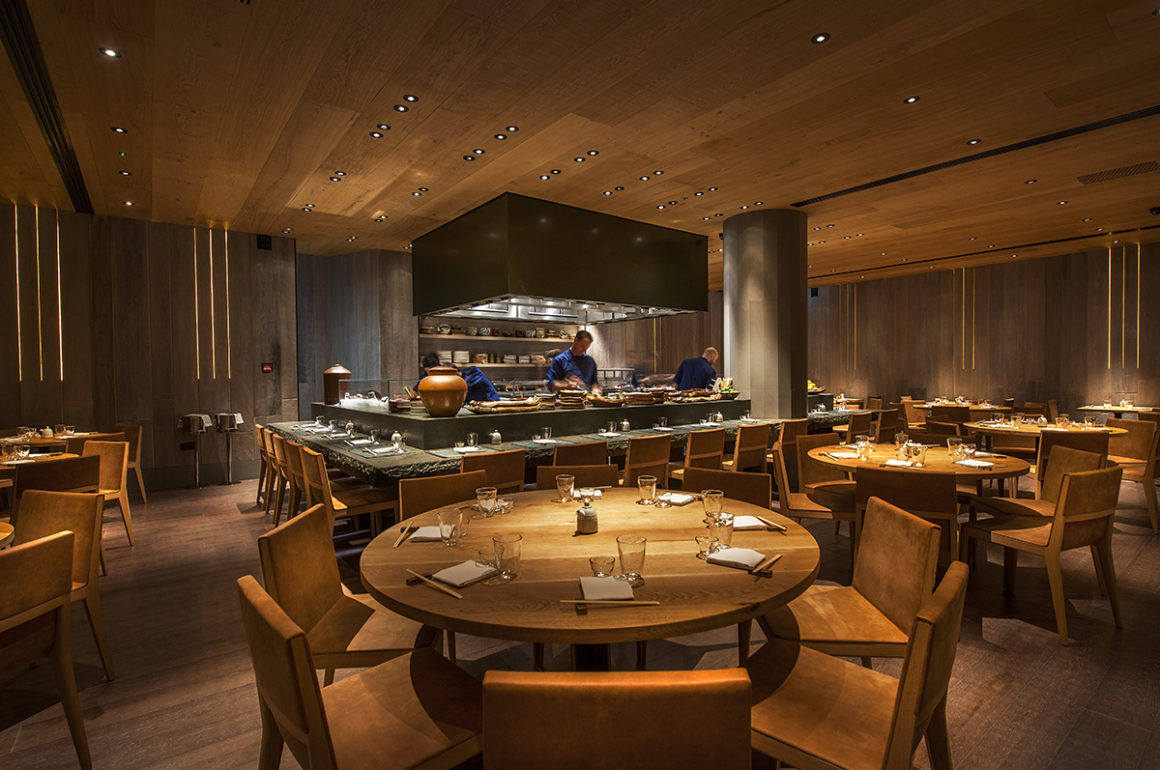
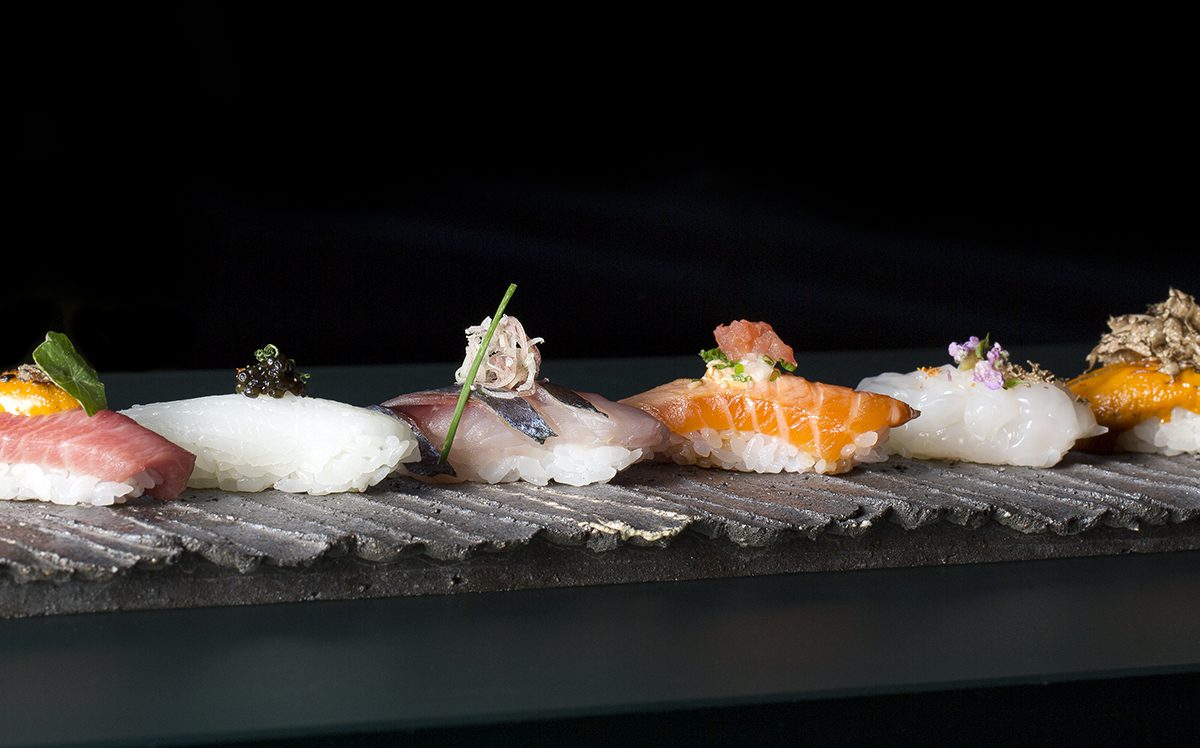

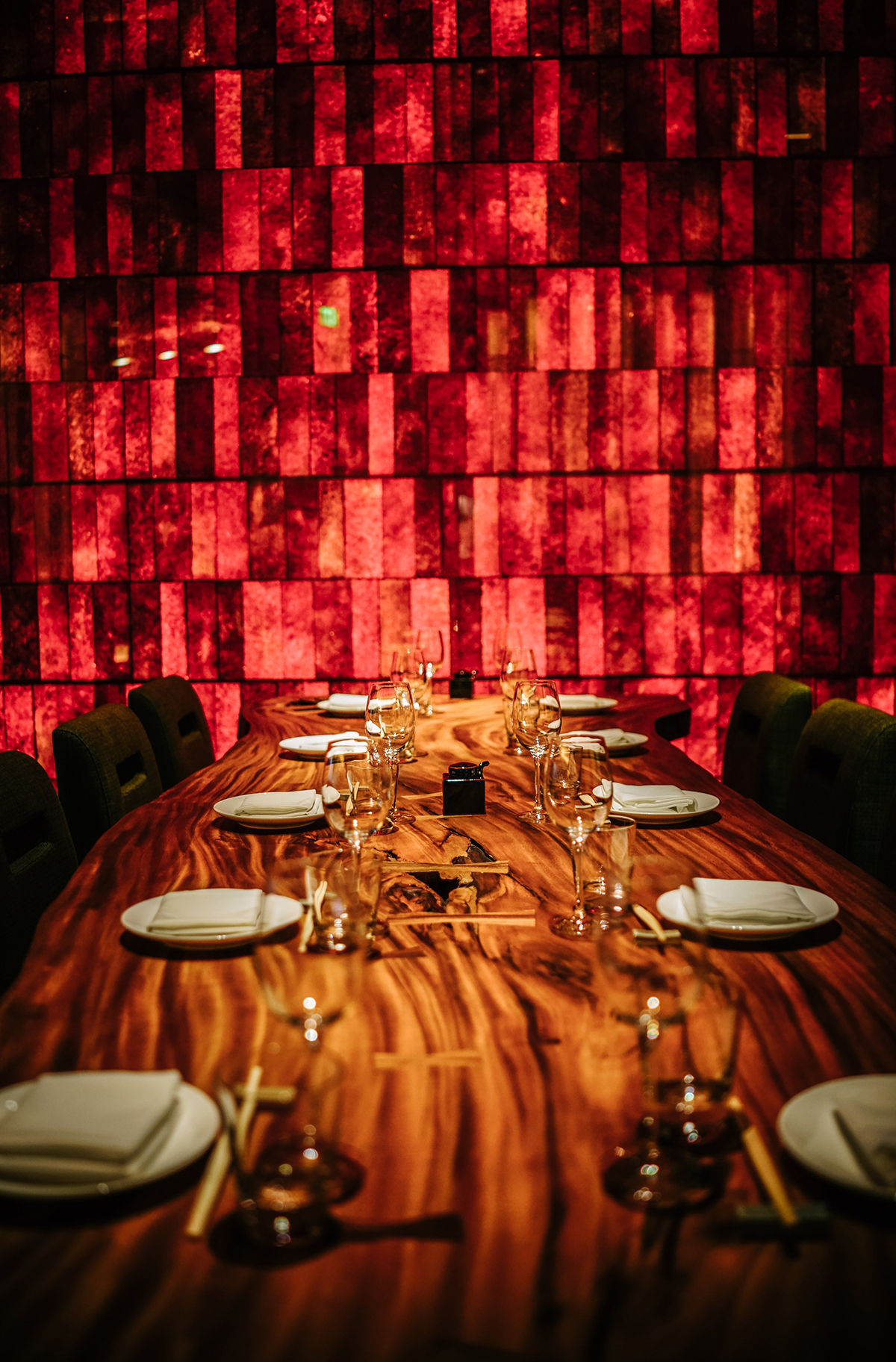
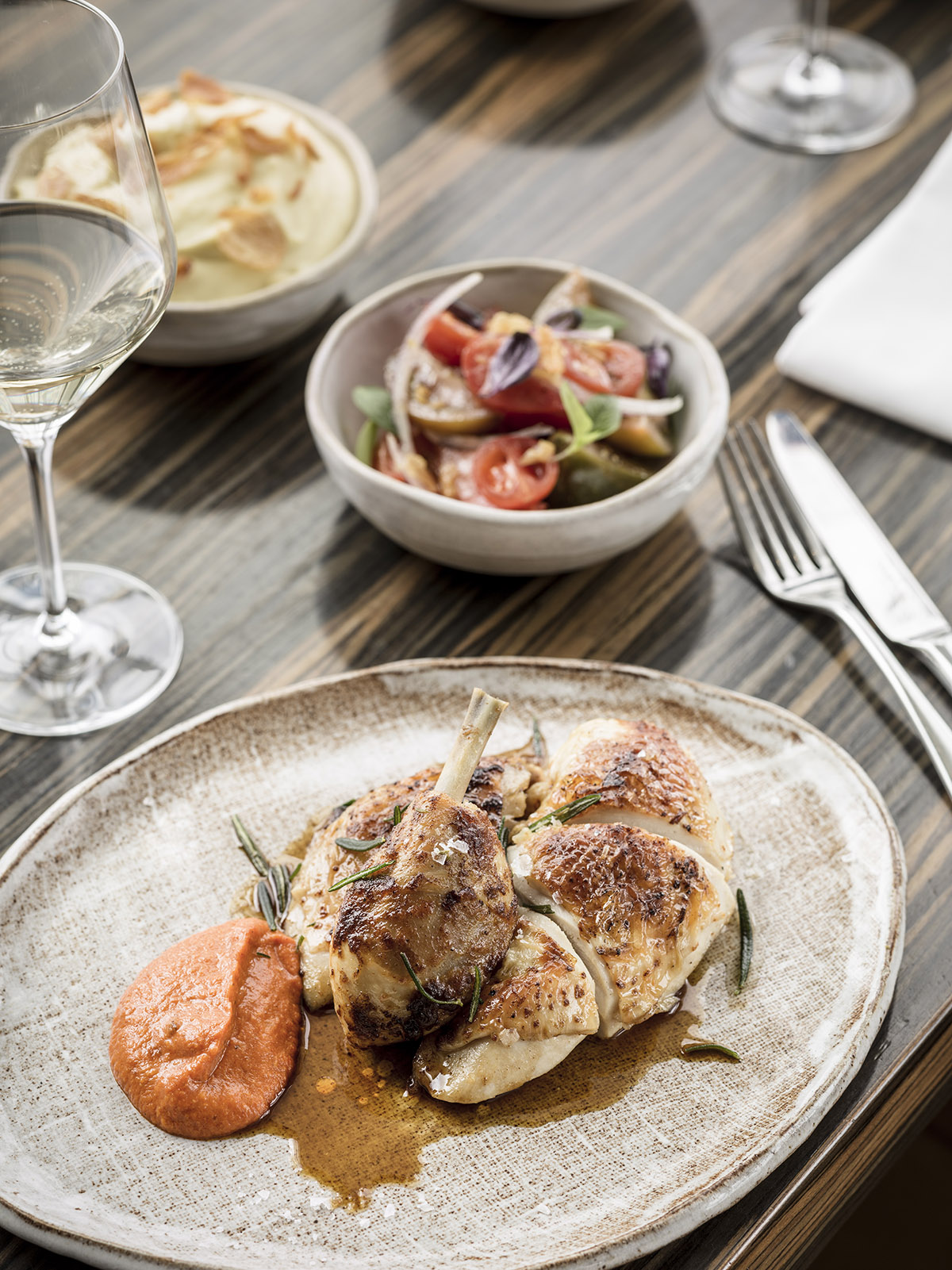
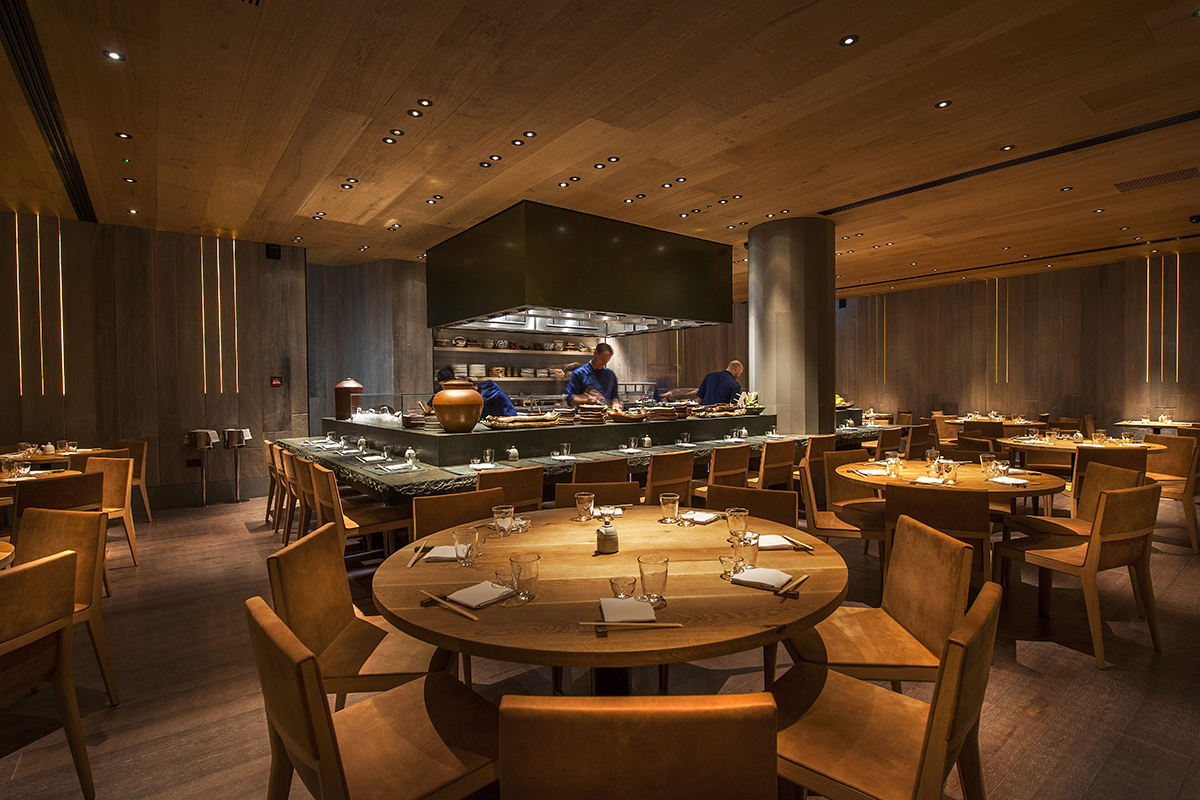
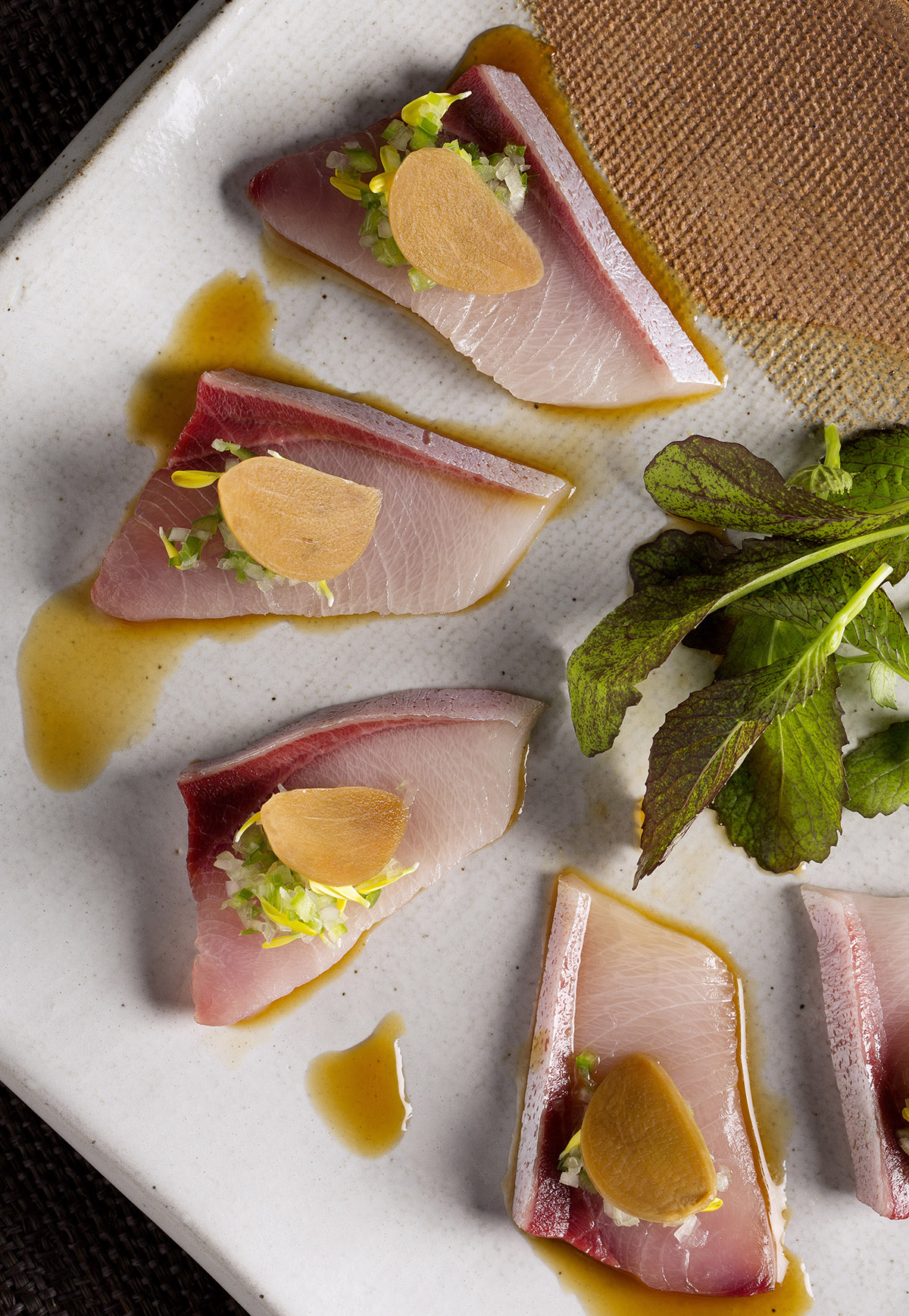
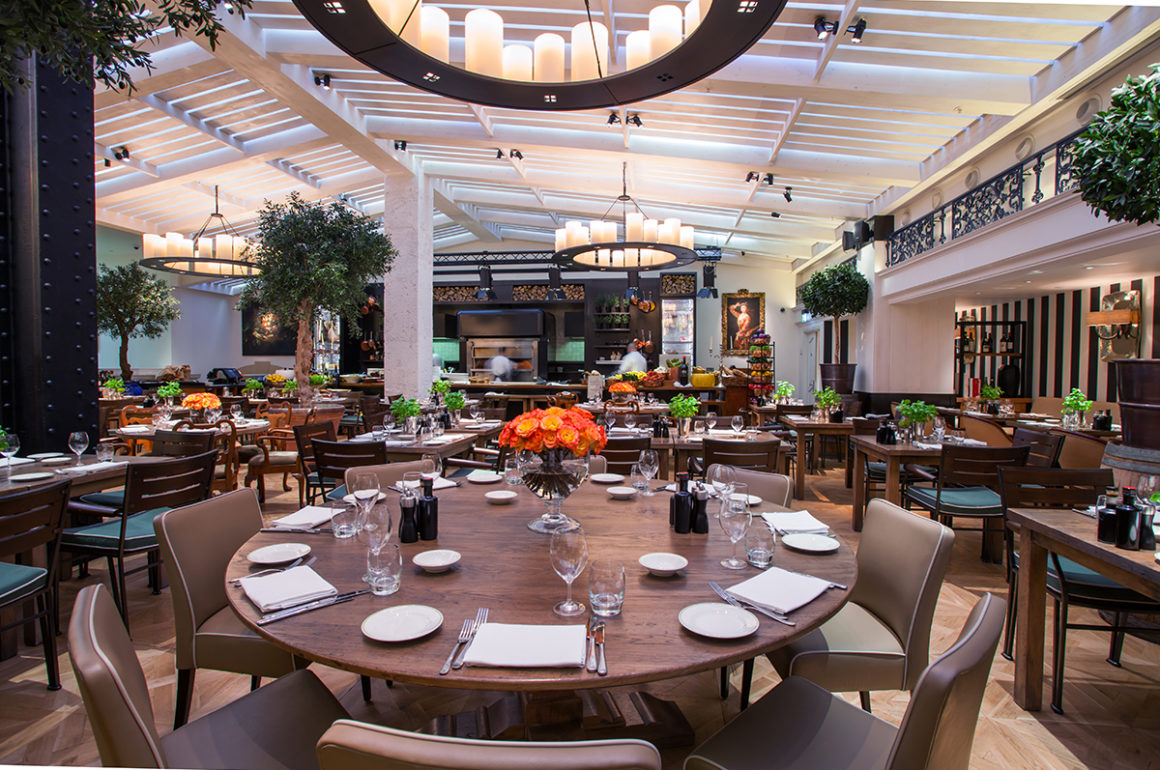
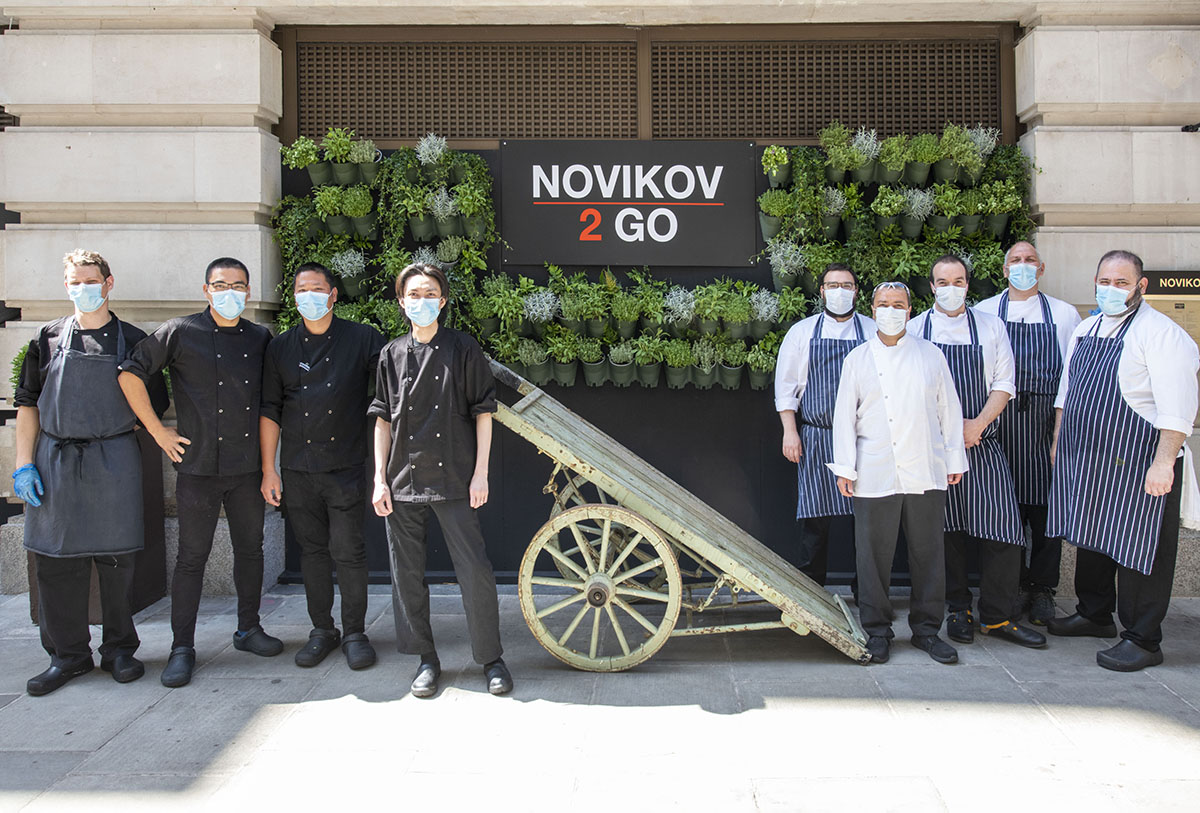
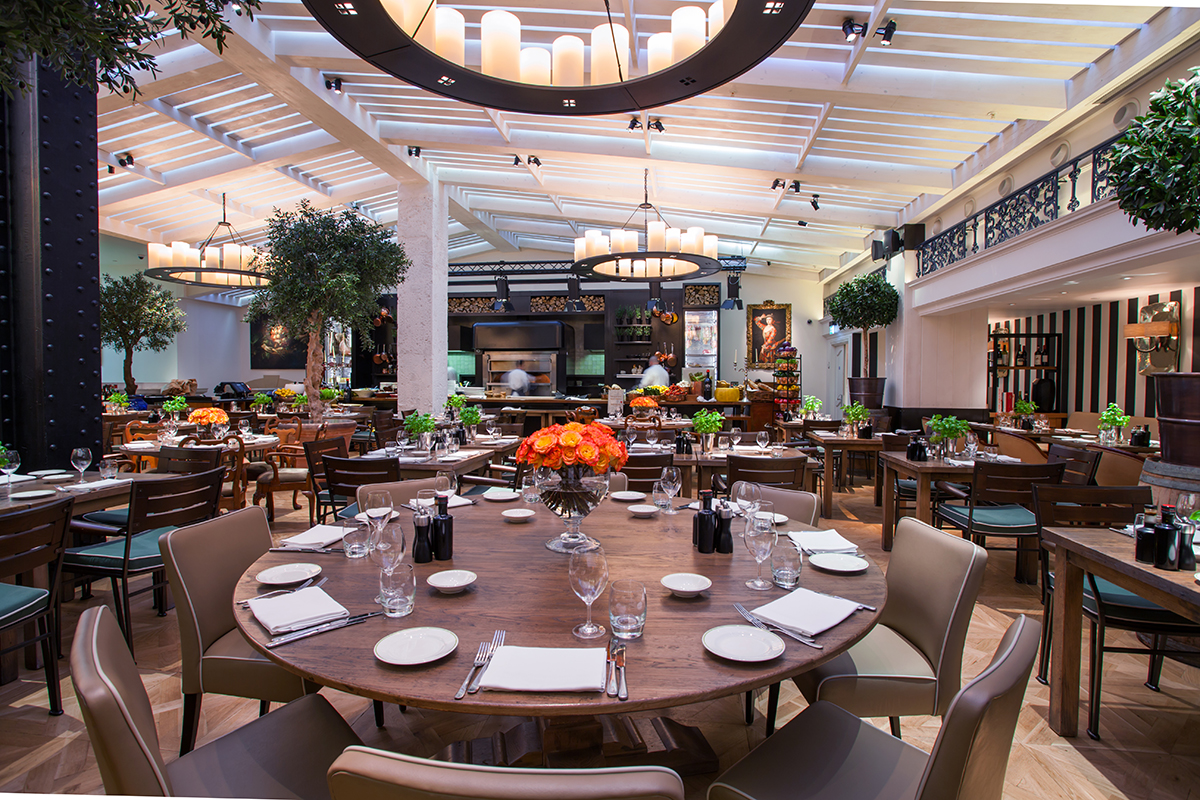
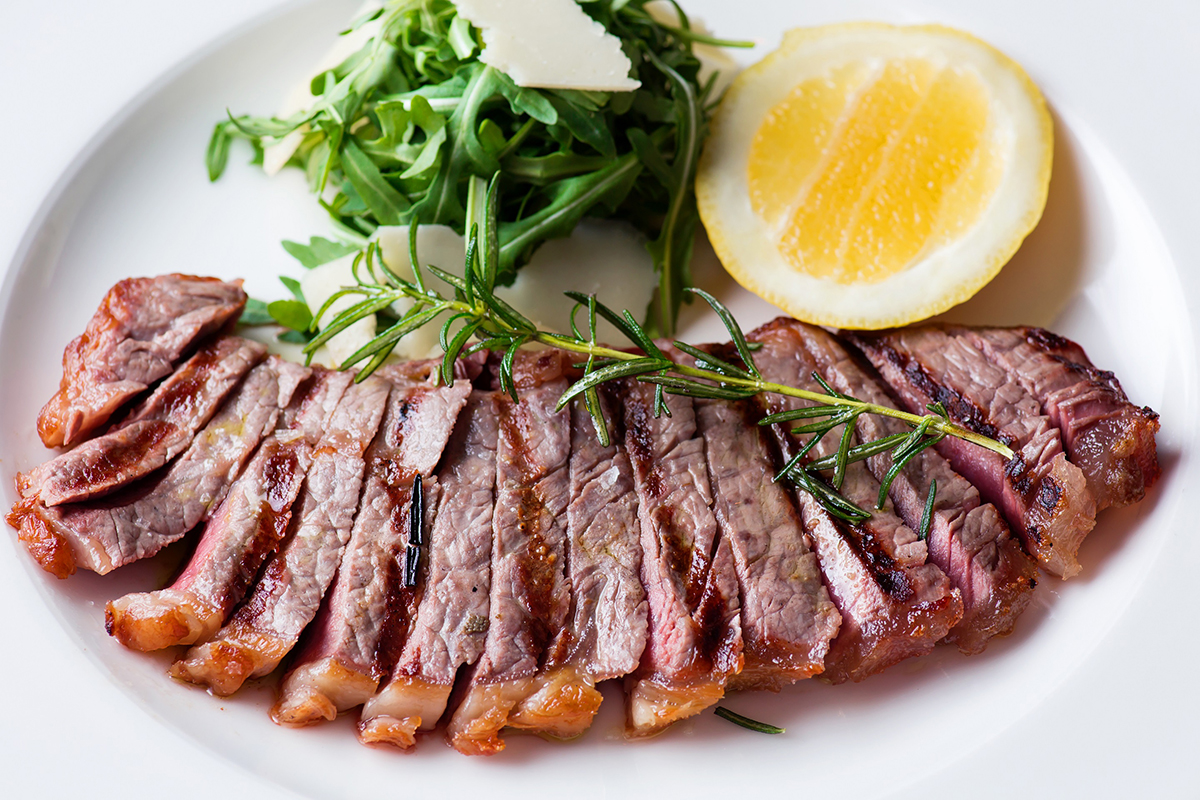
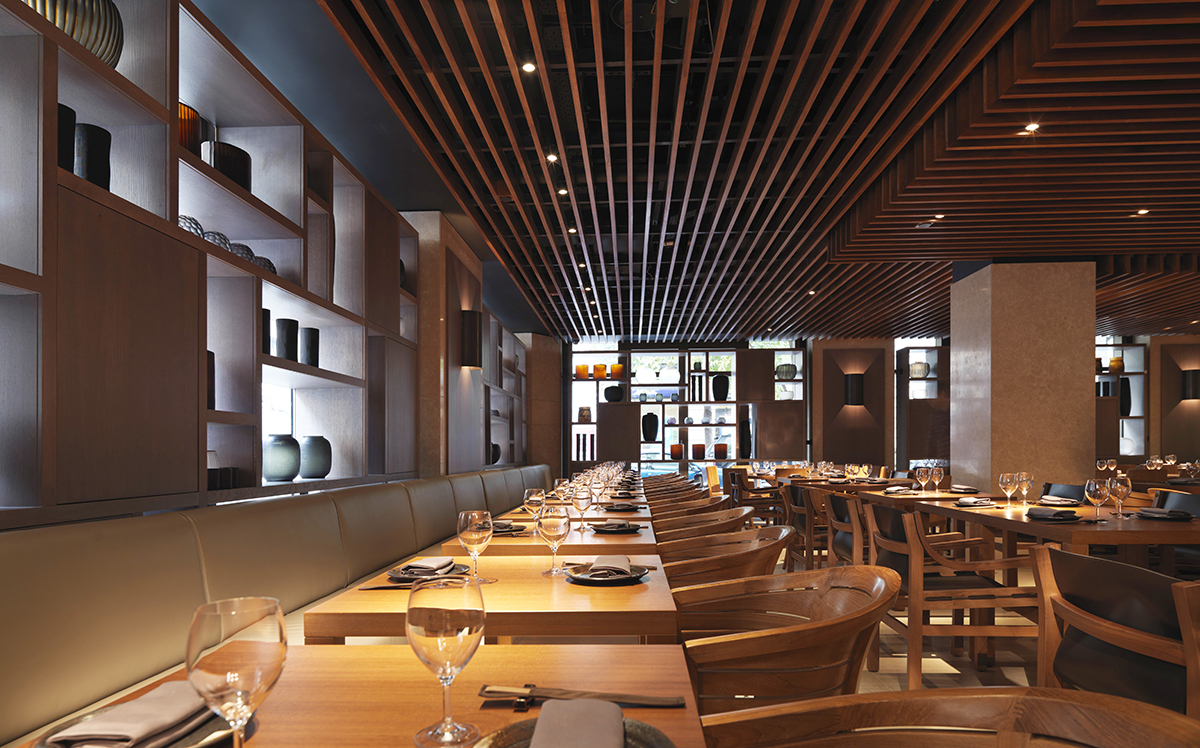
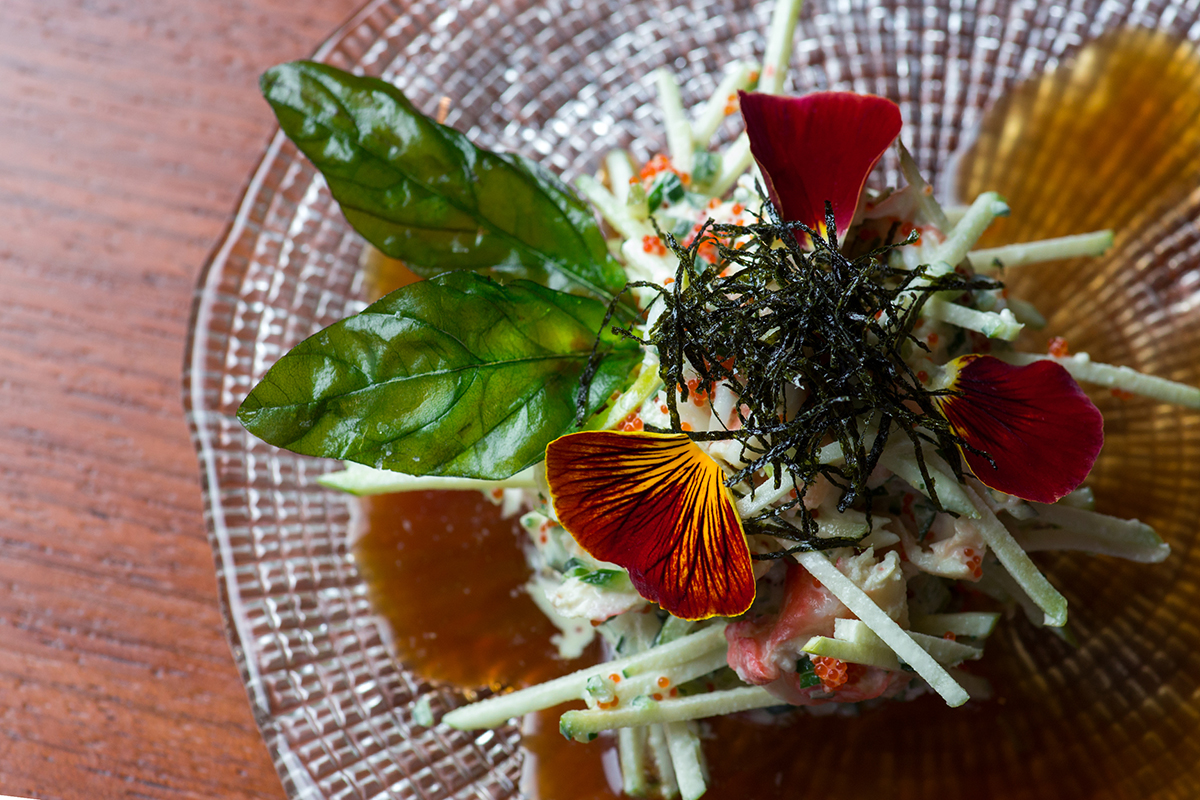
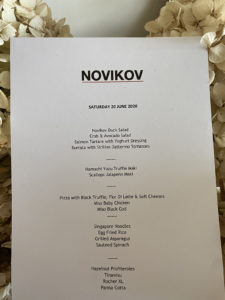
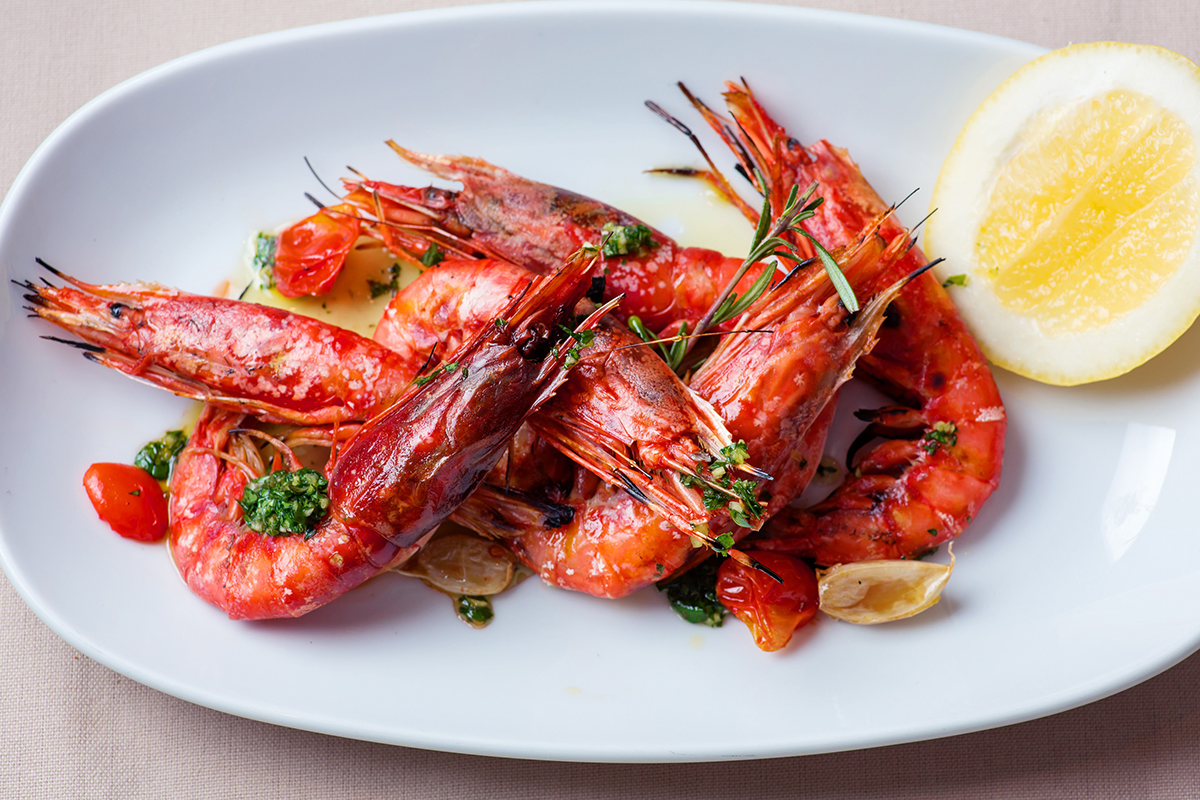
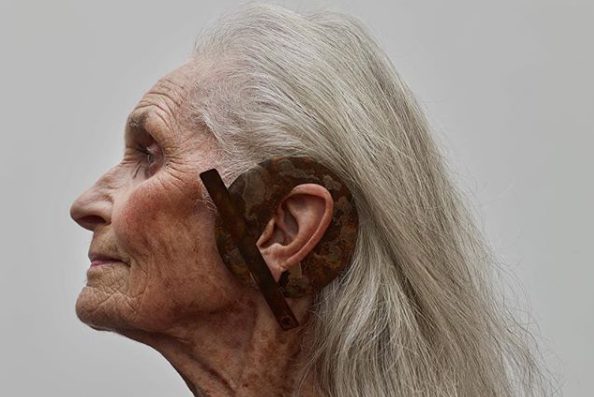

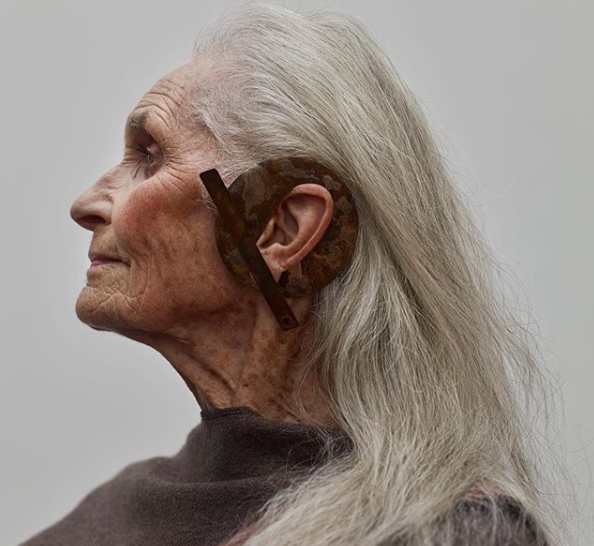

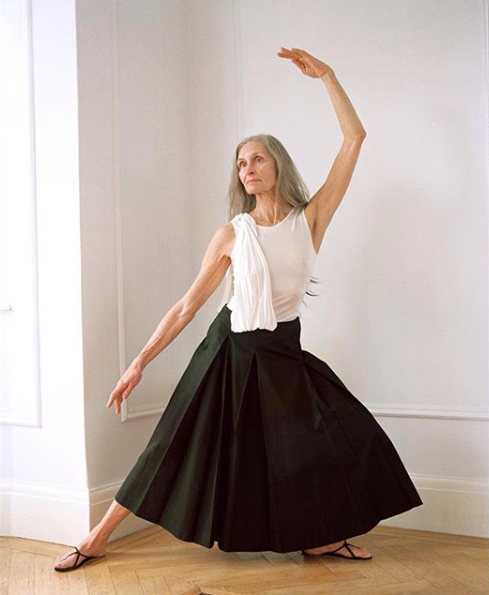
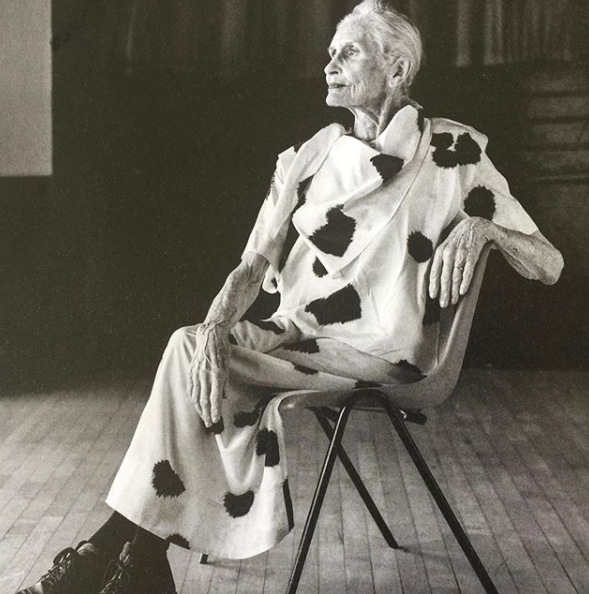
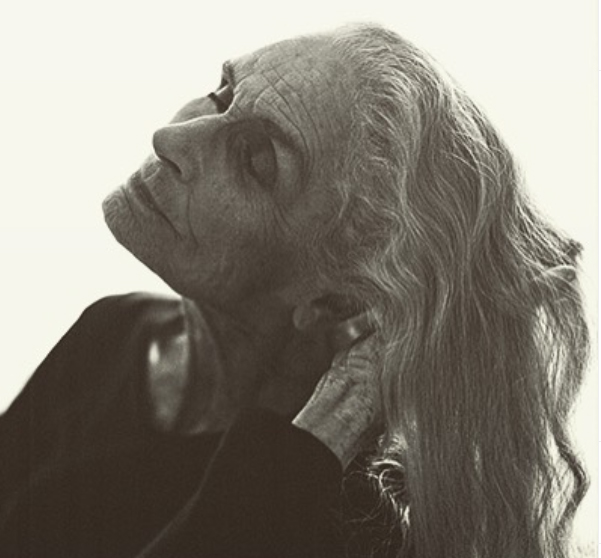
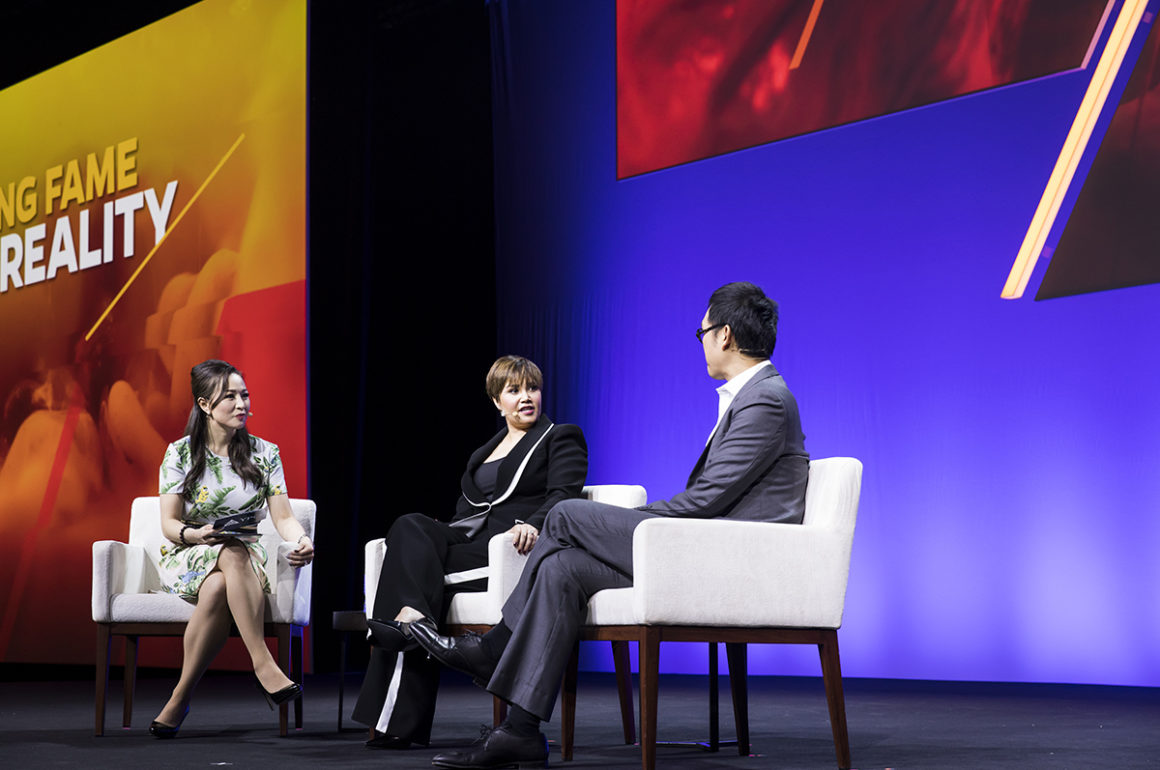
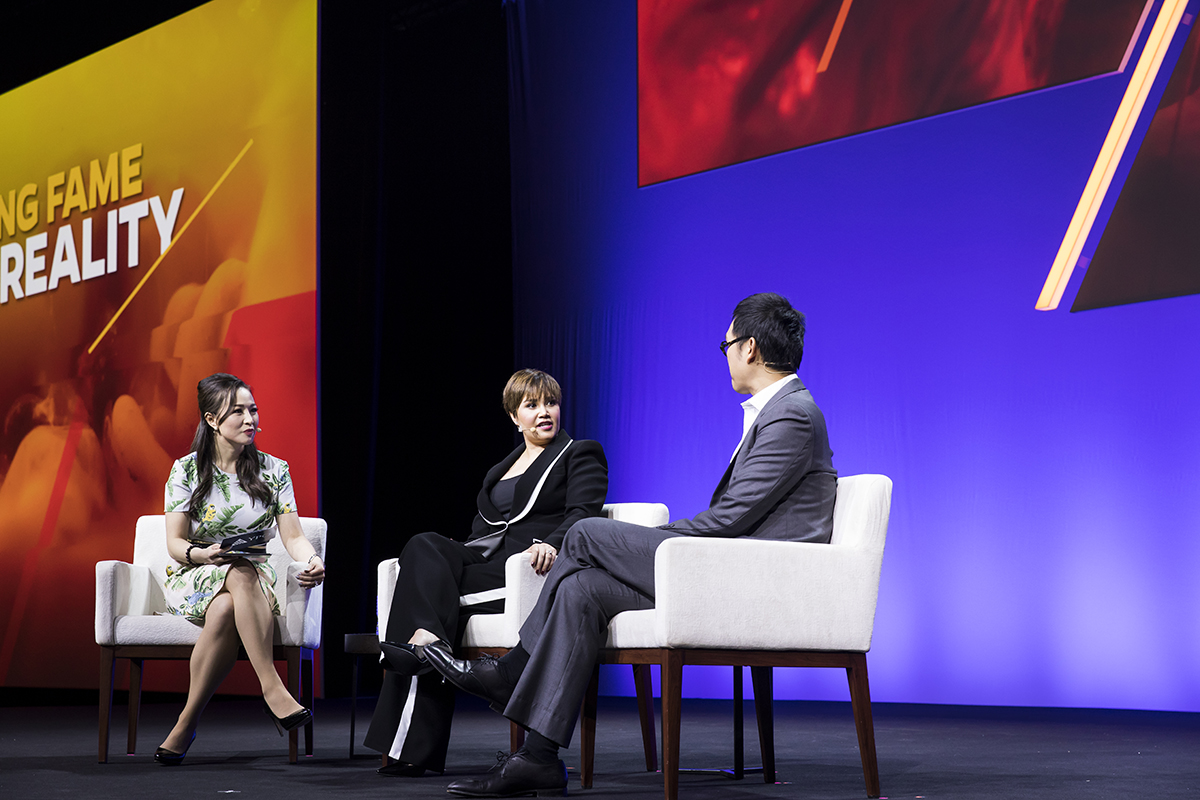

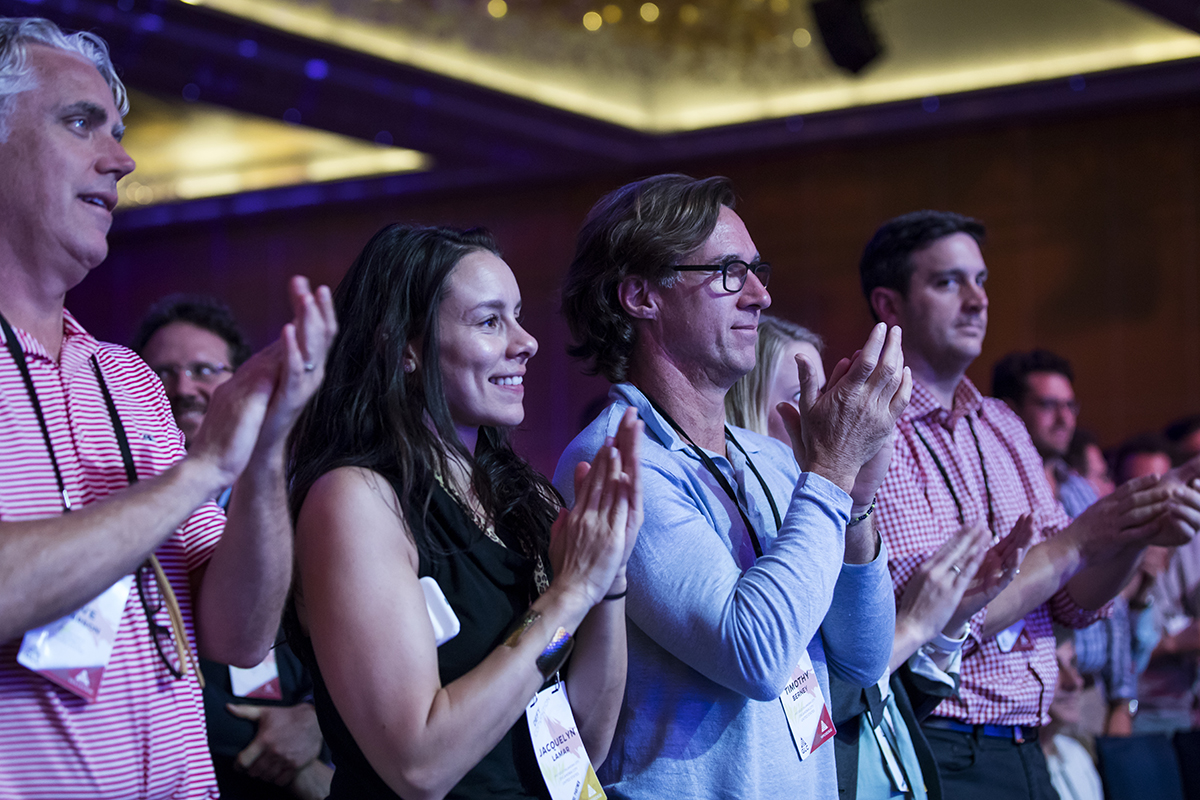


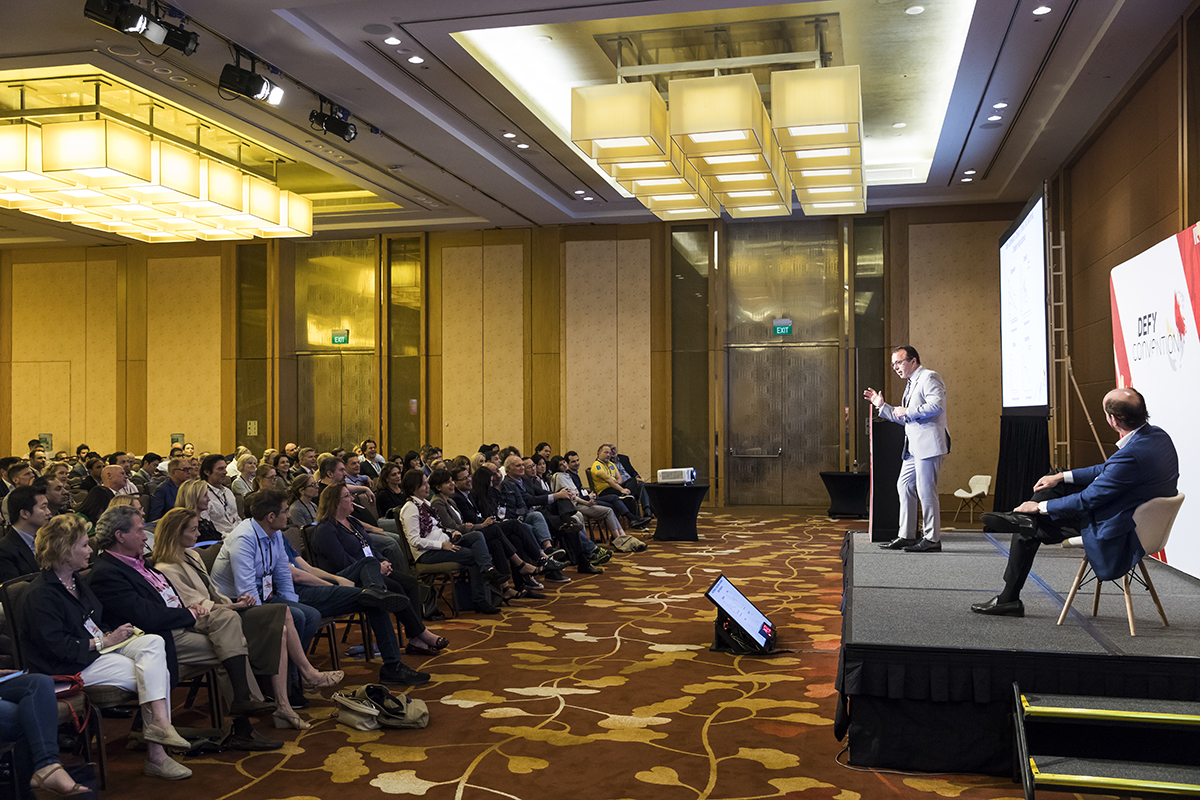











Recent Comments